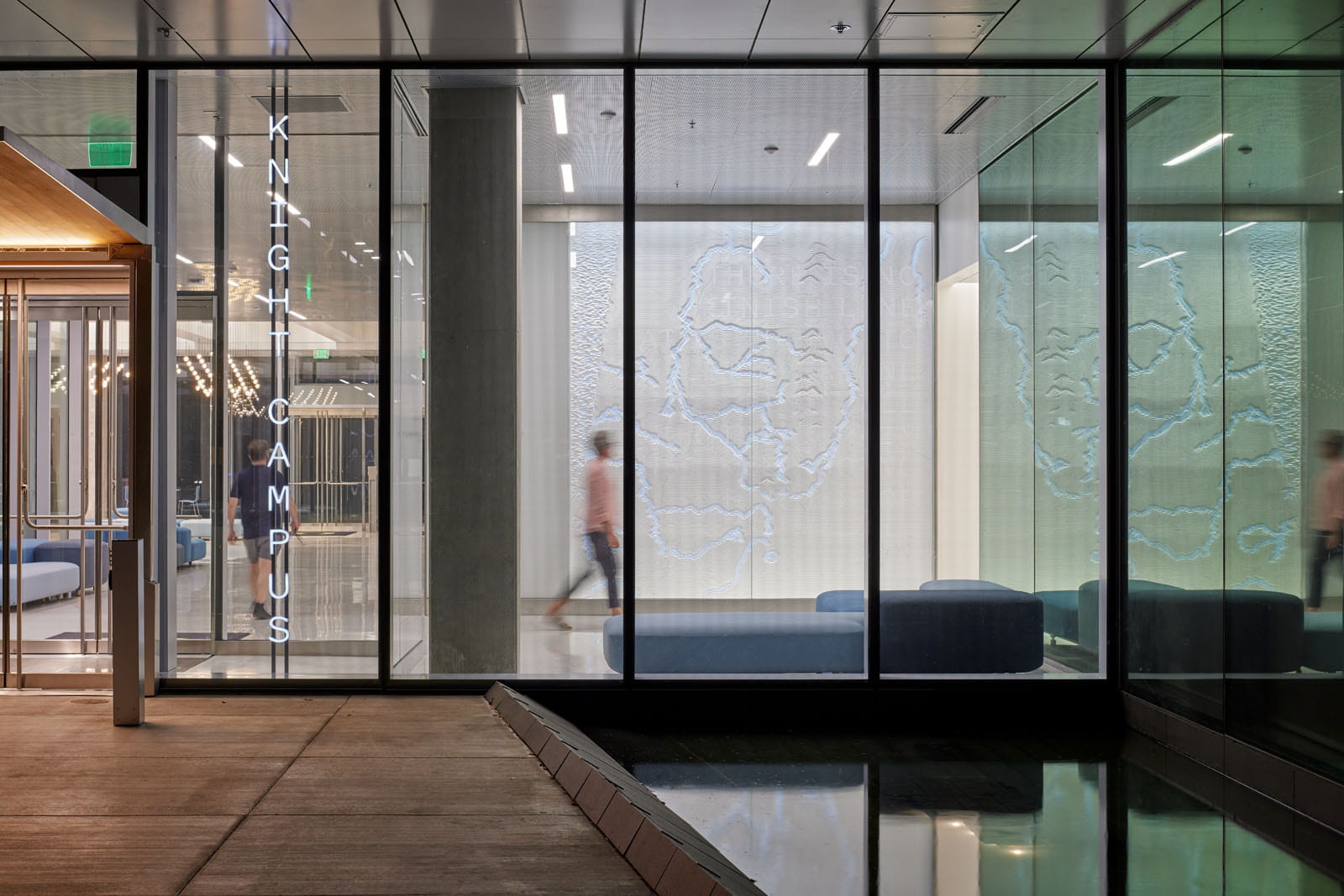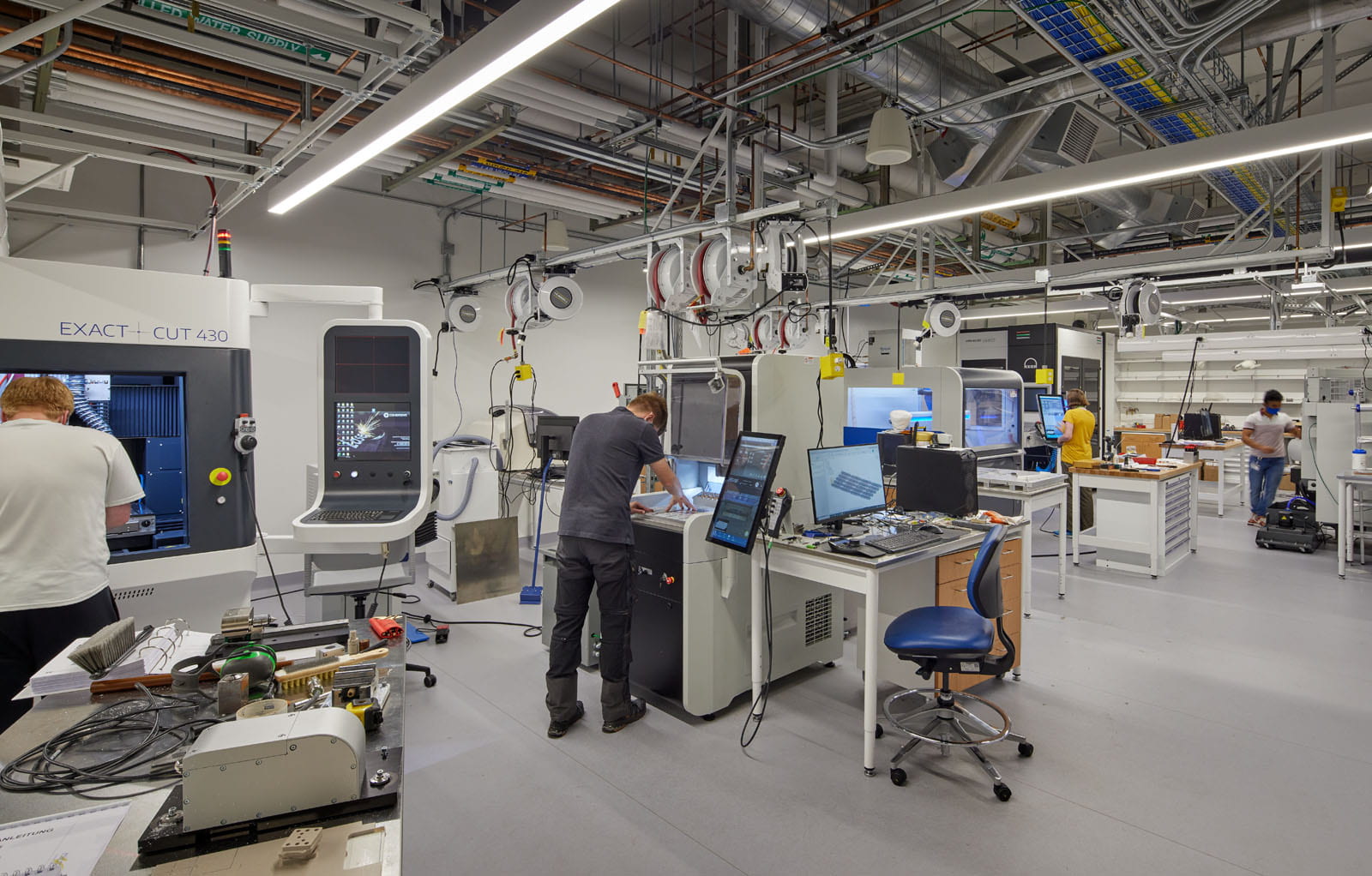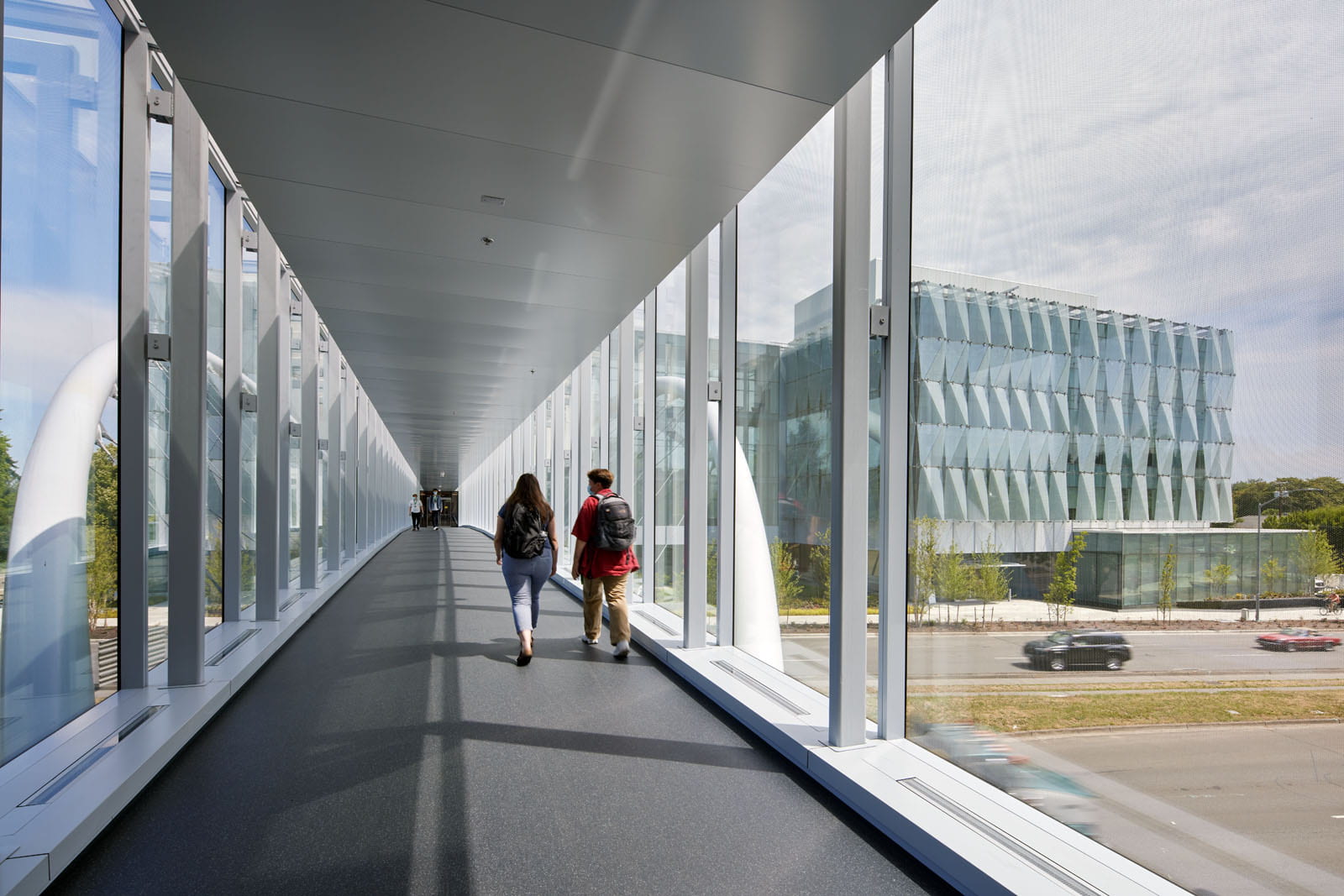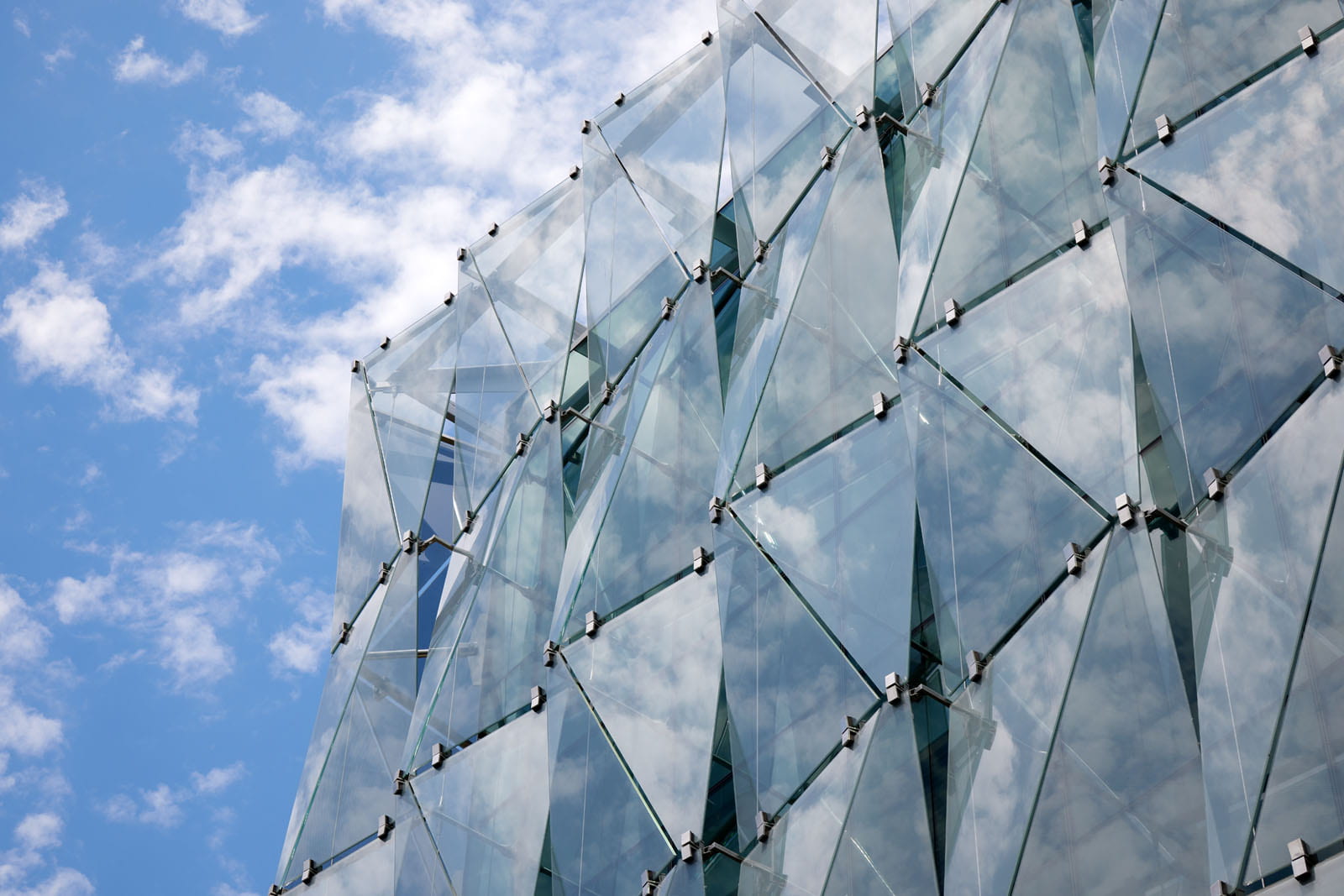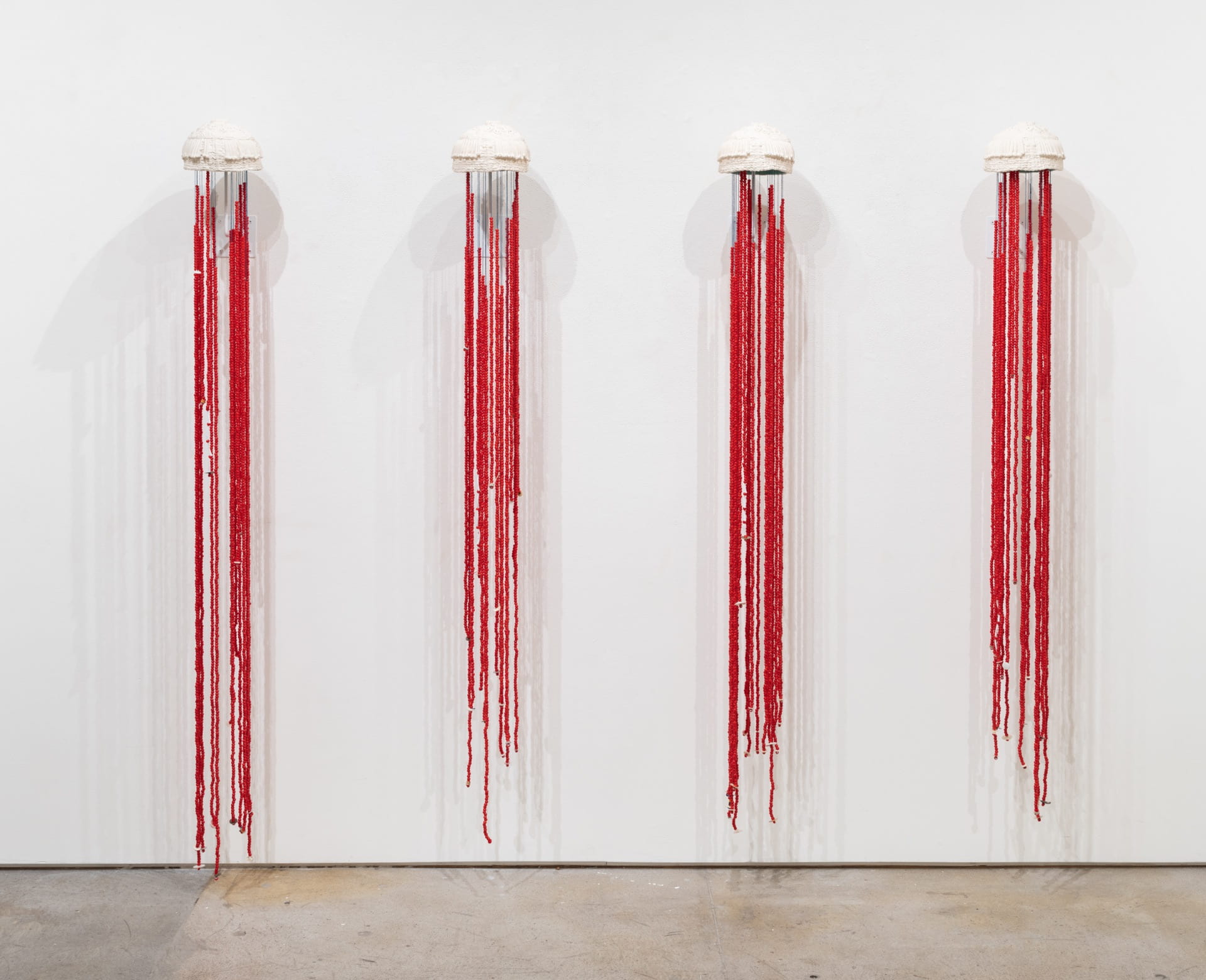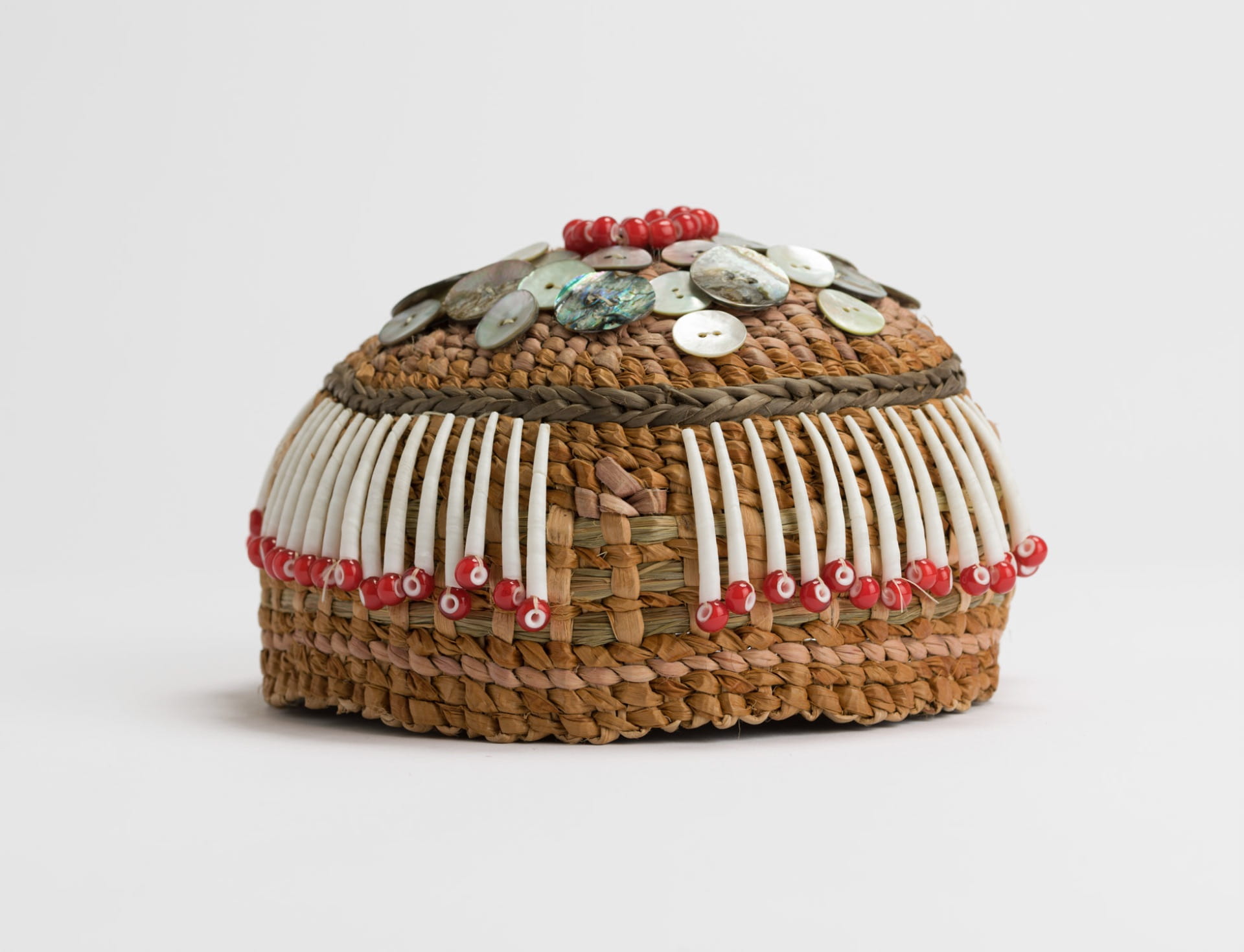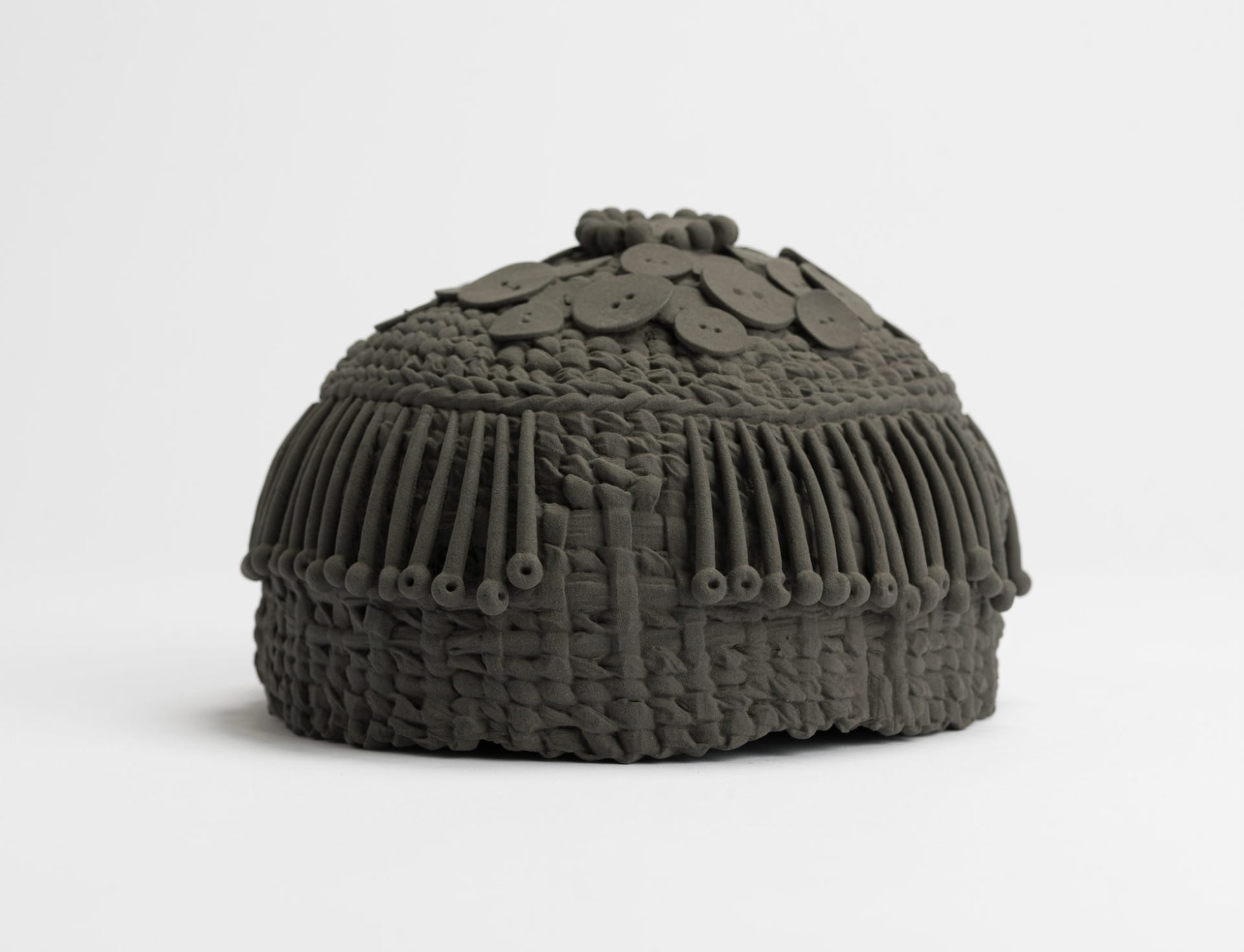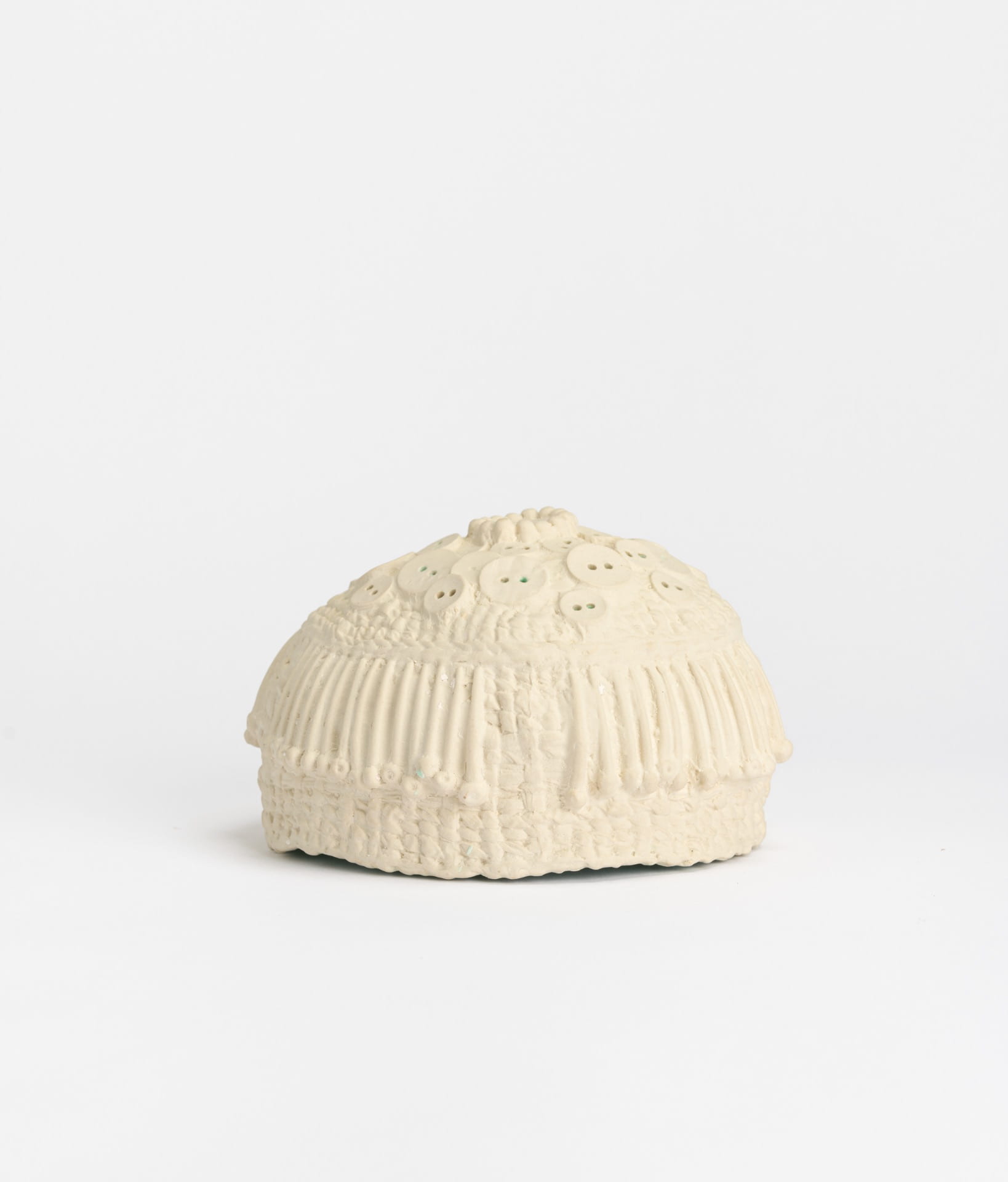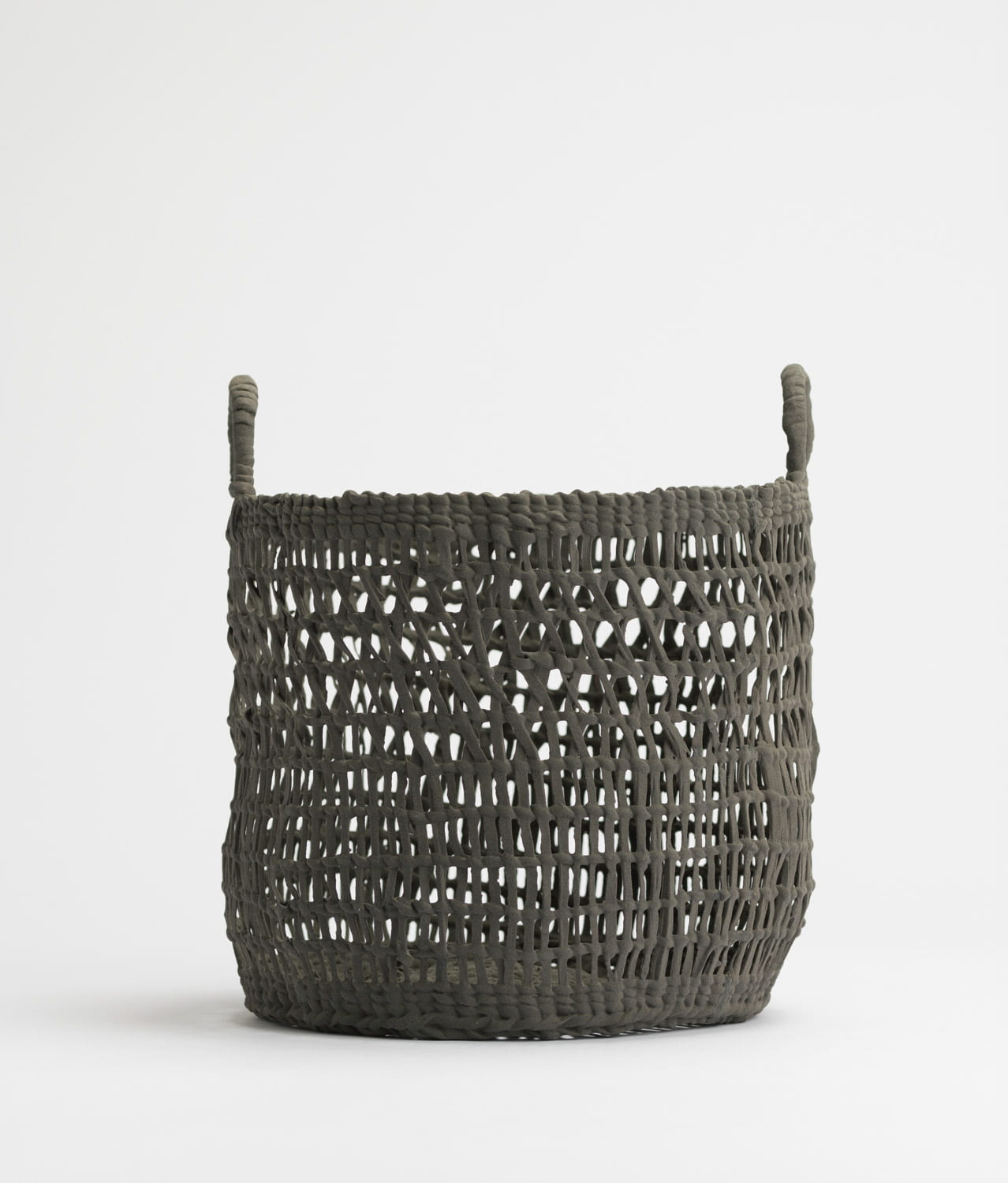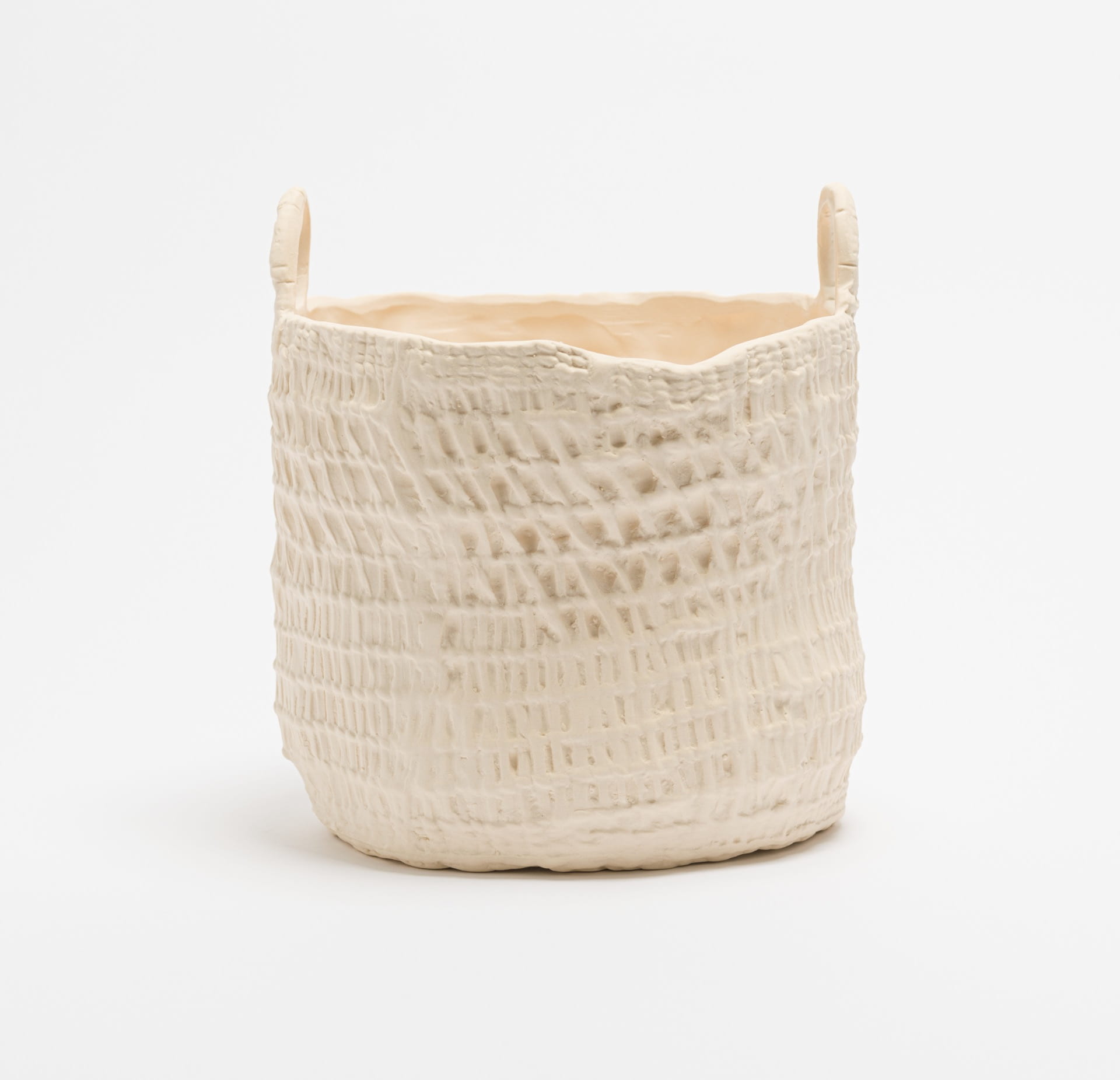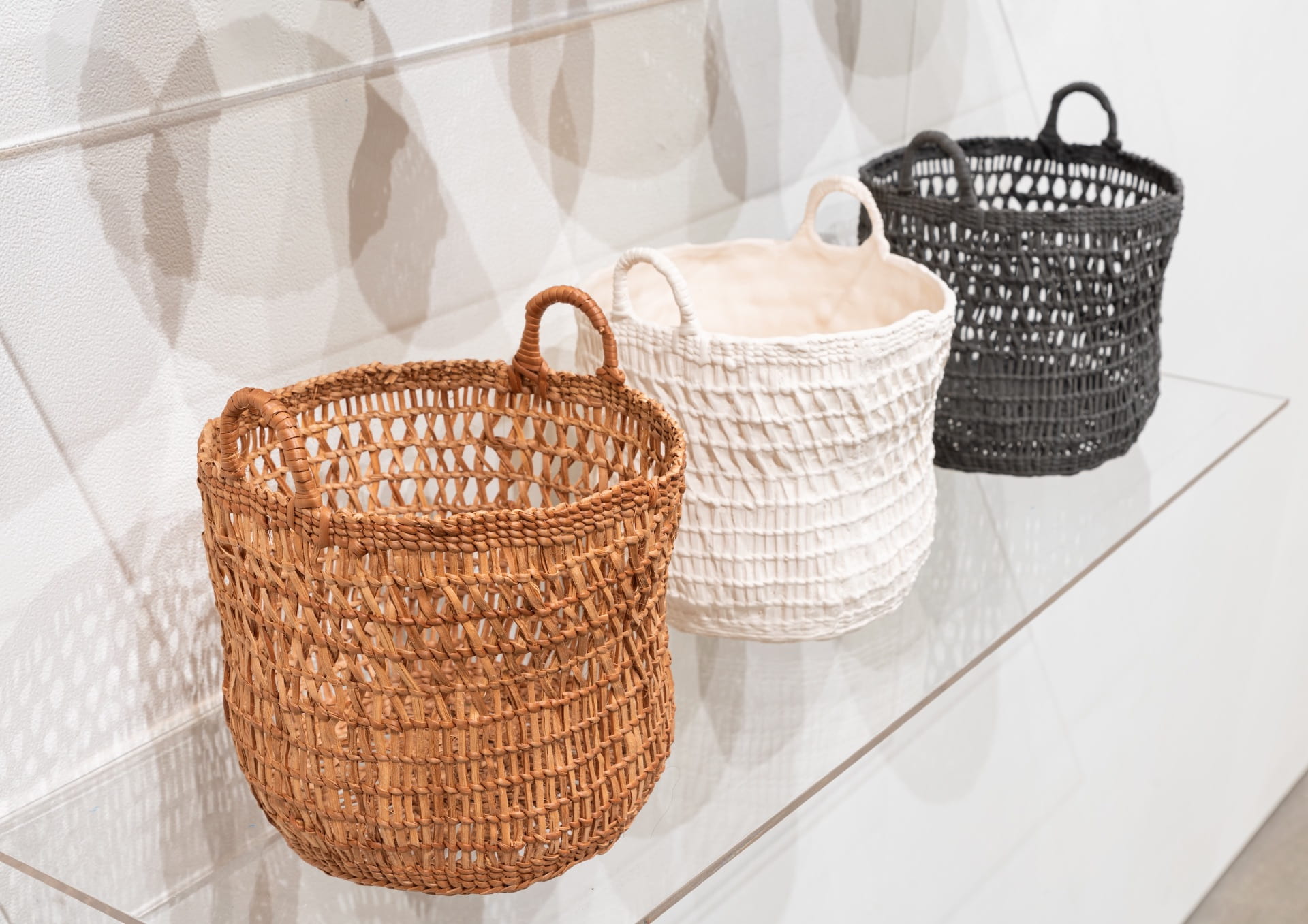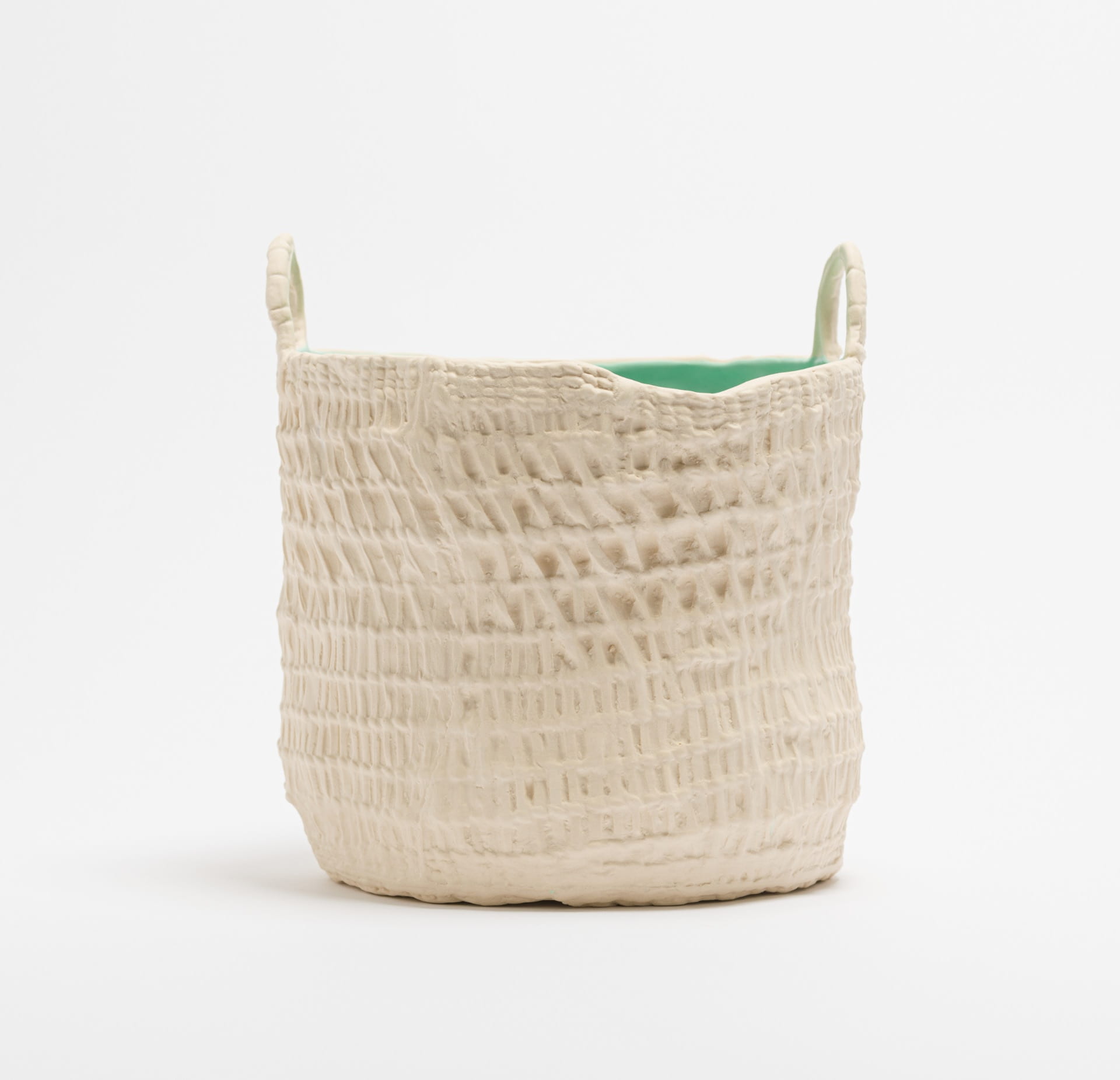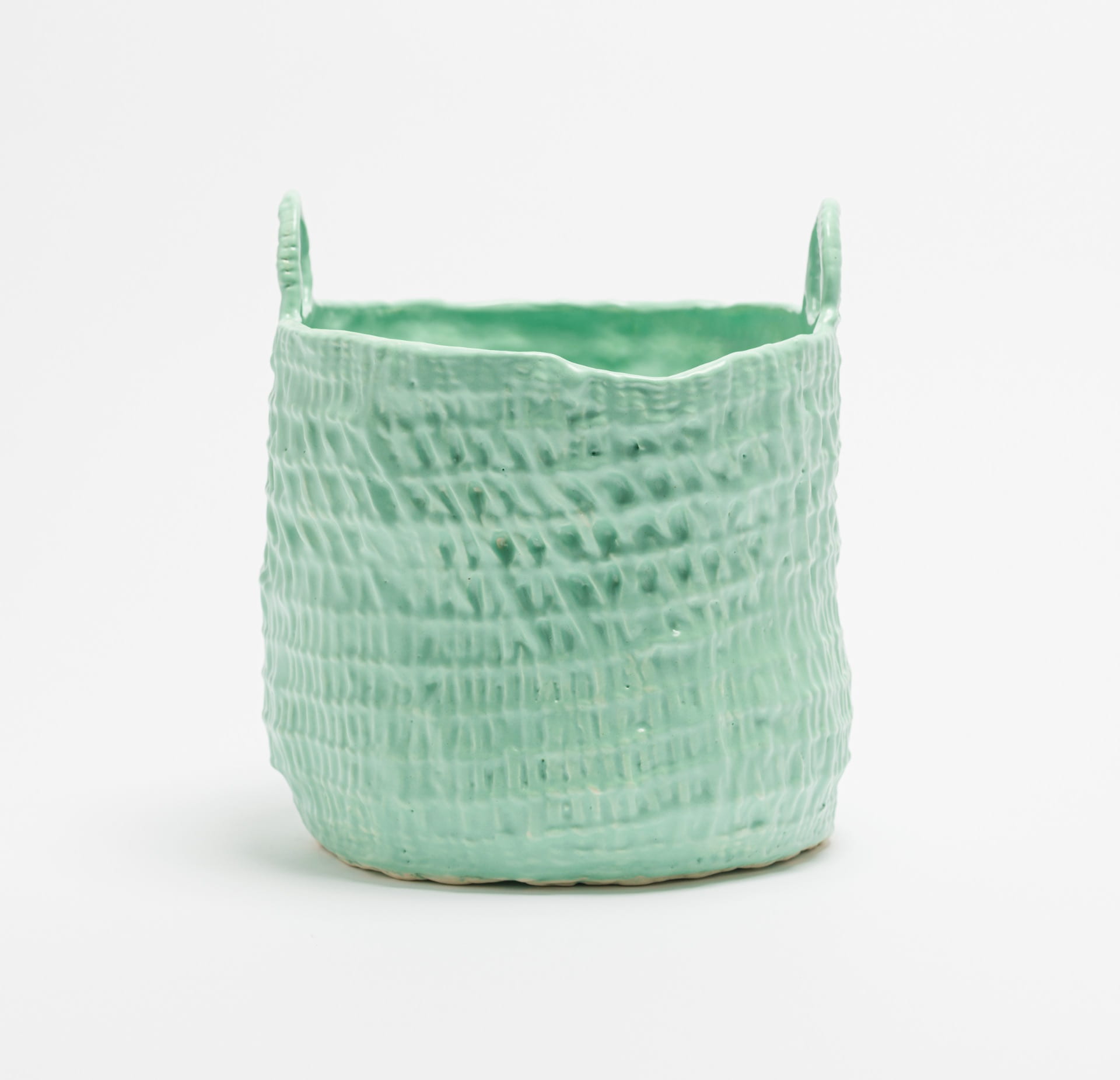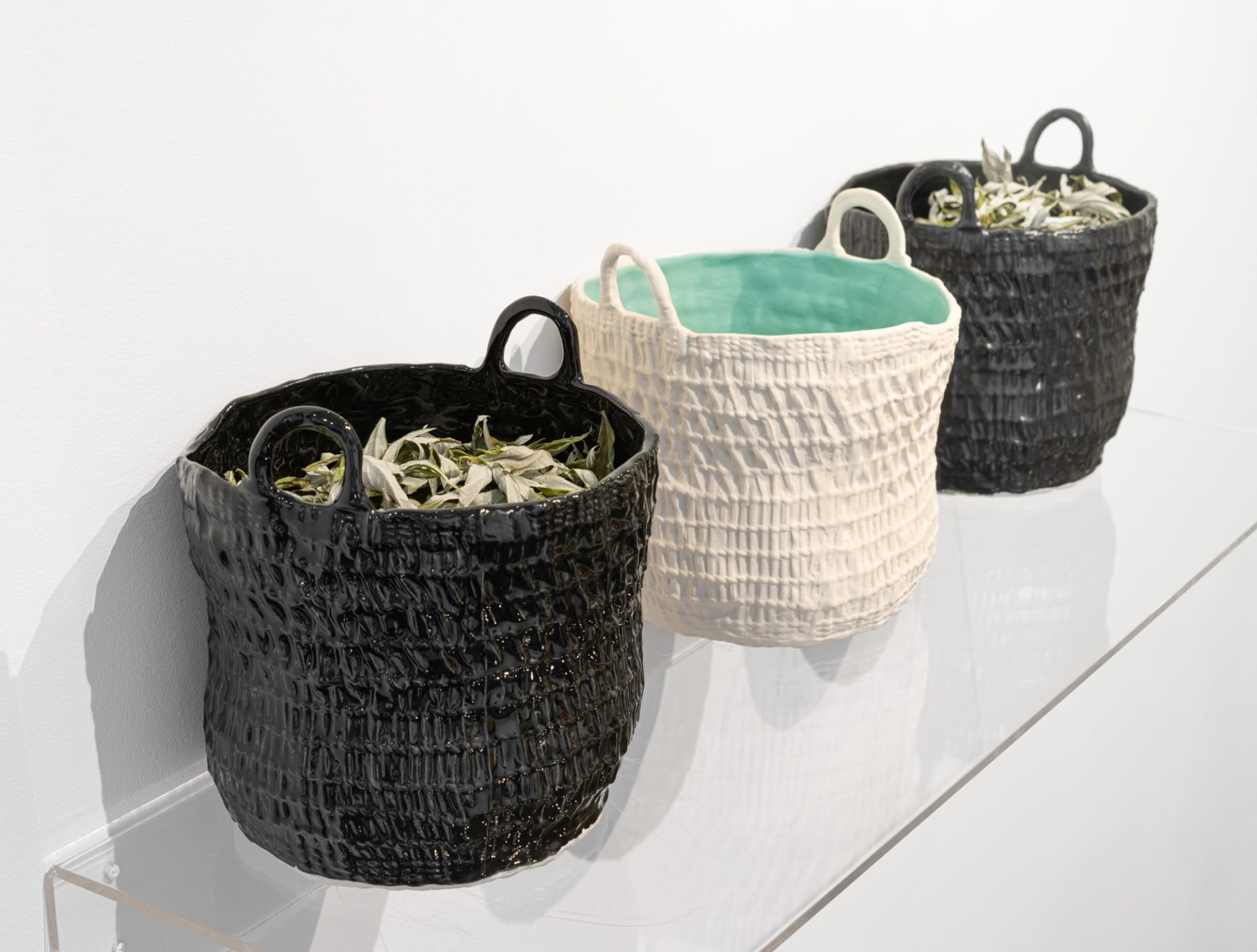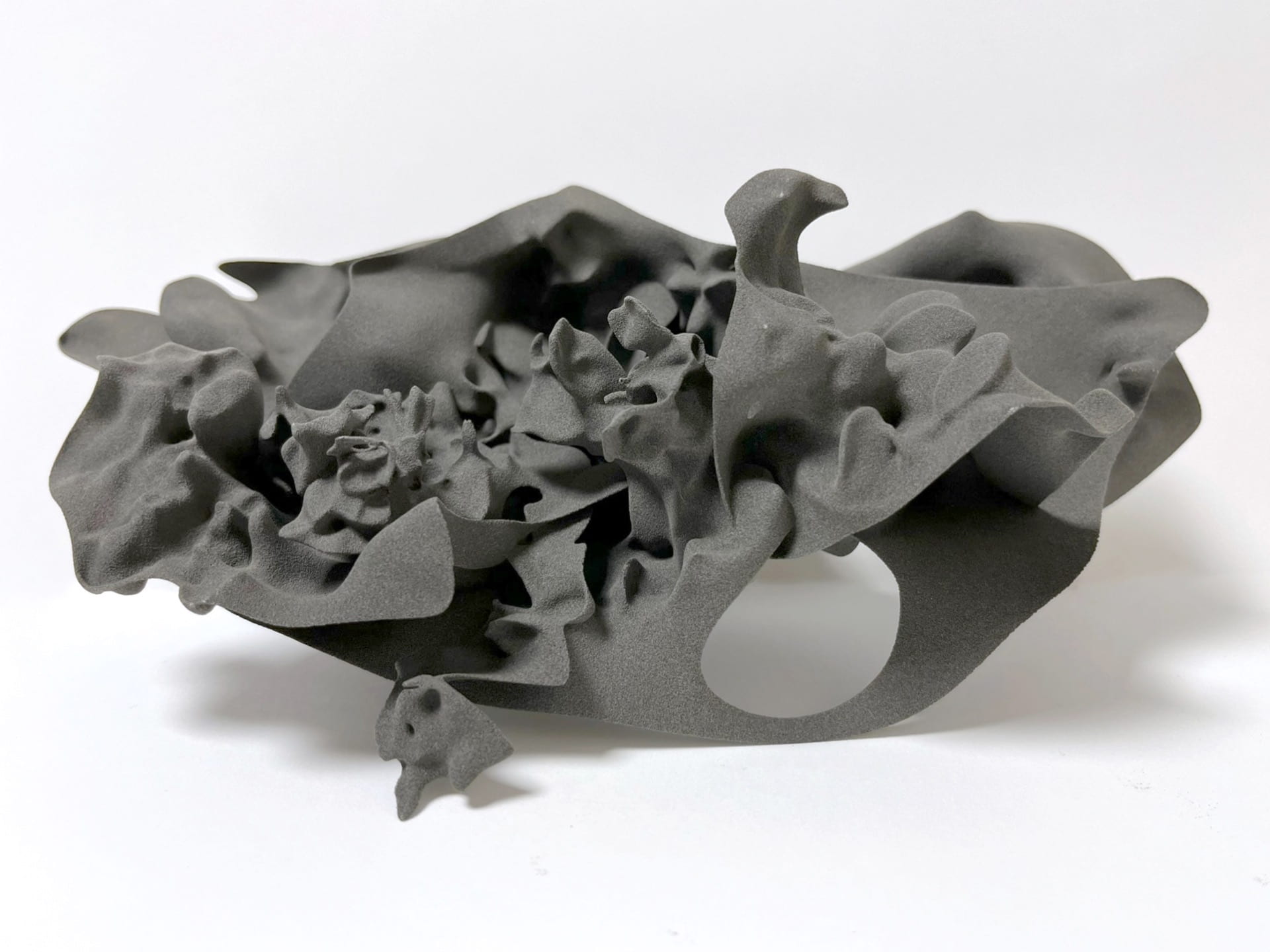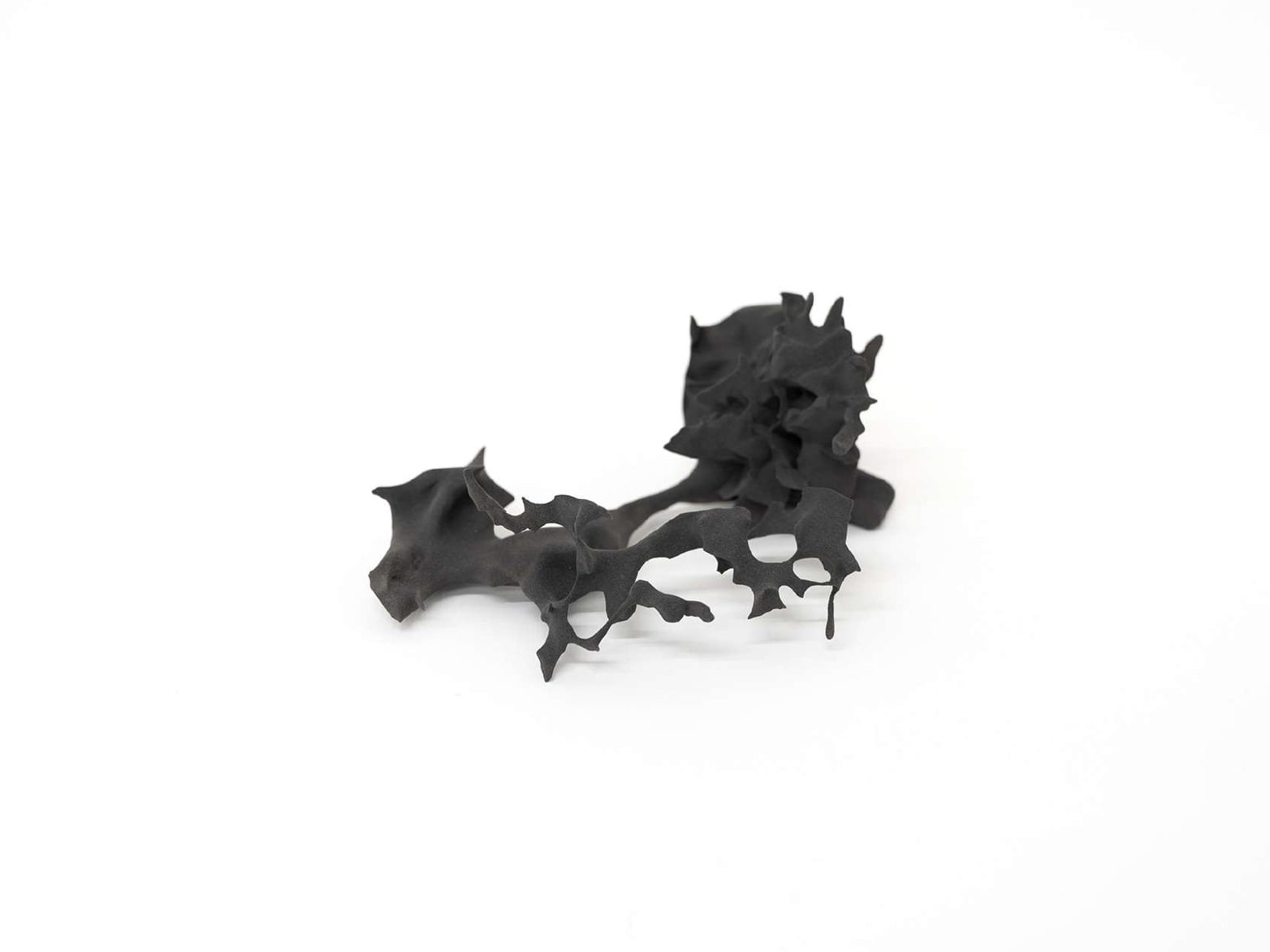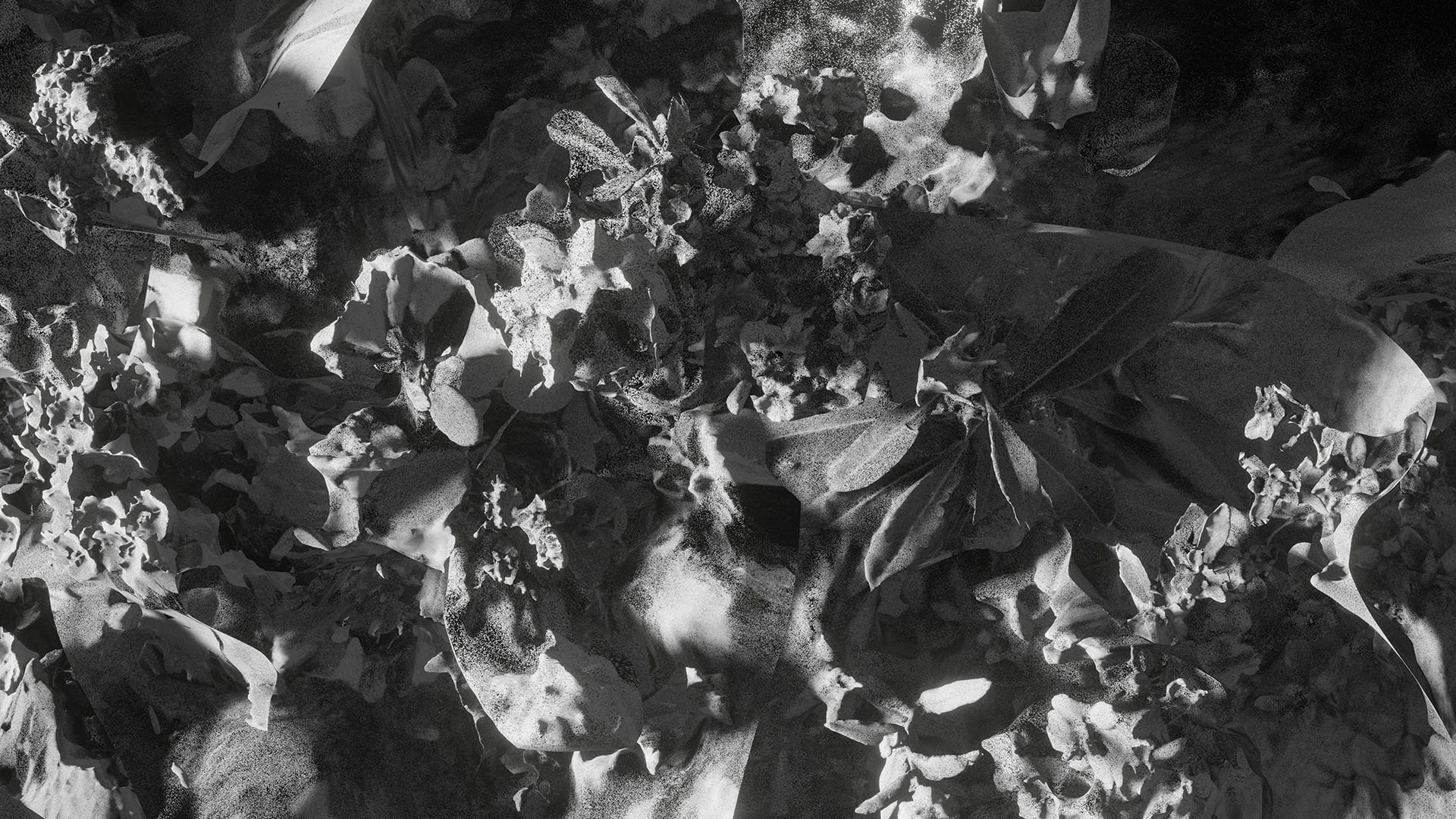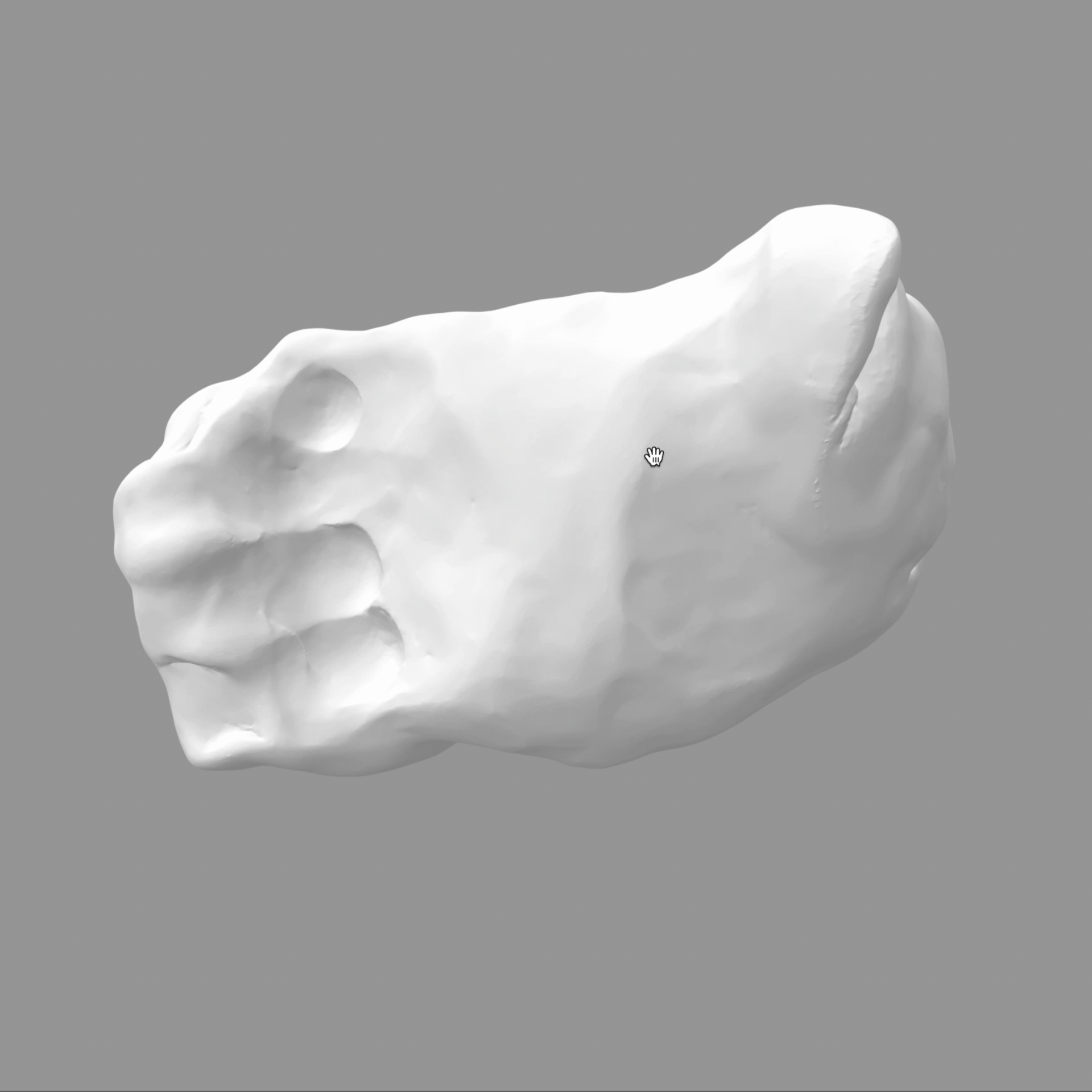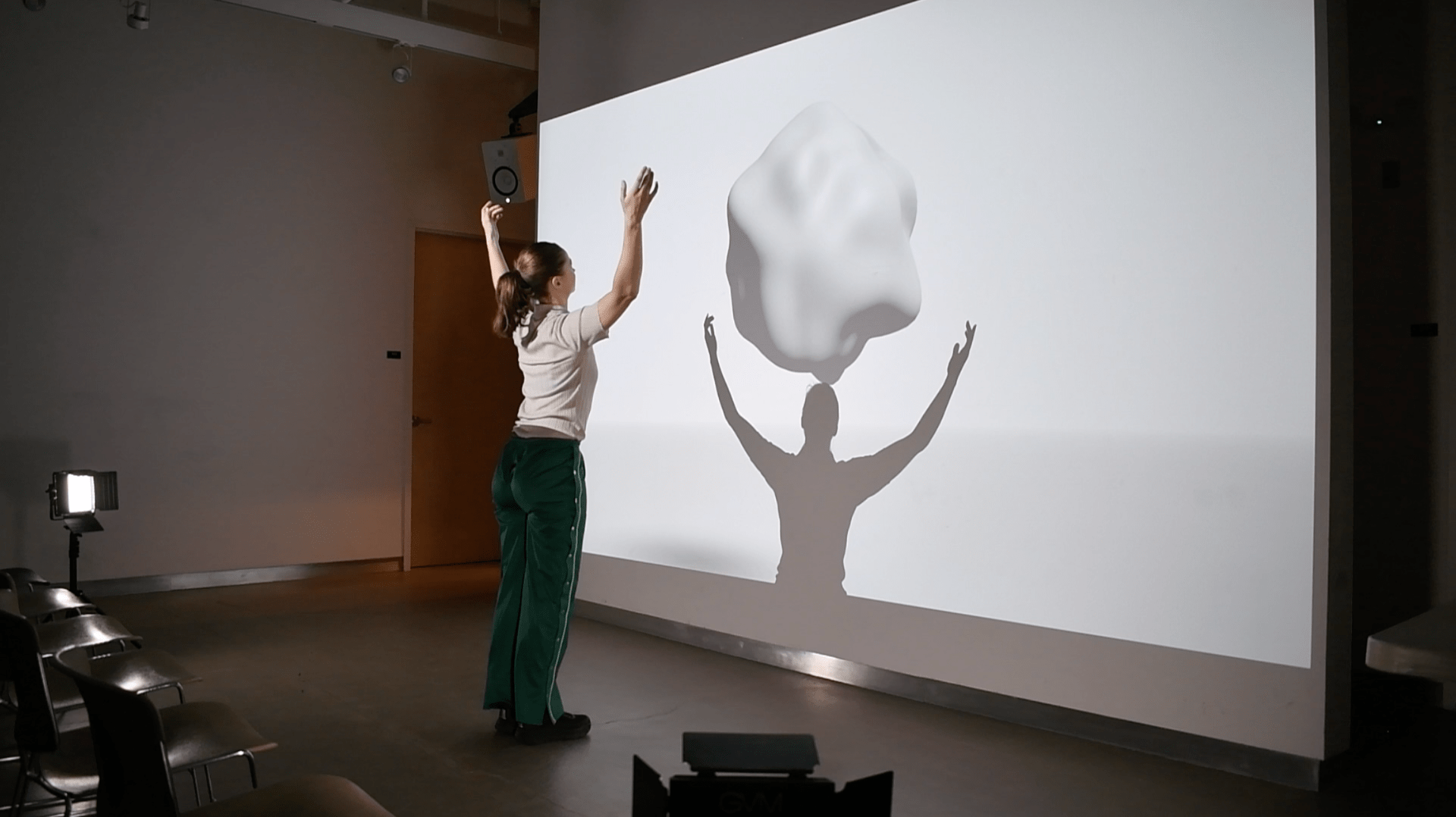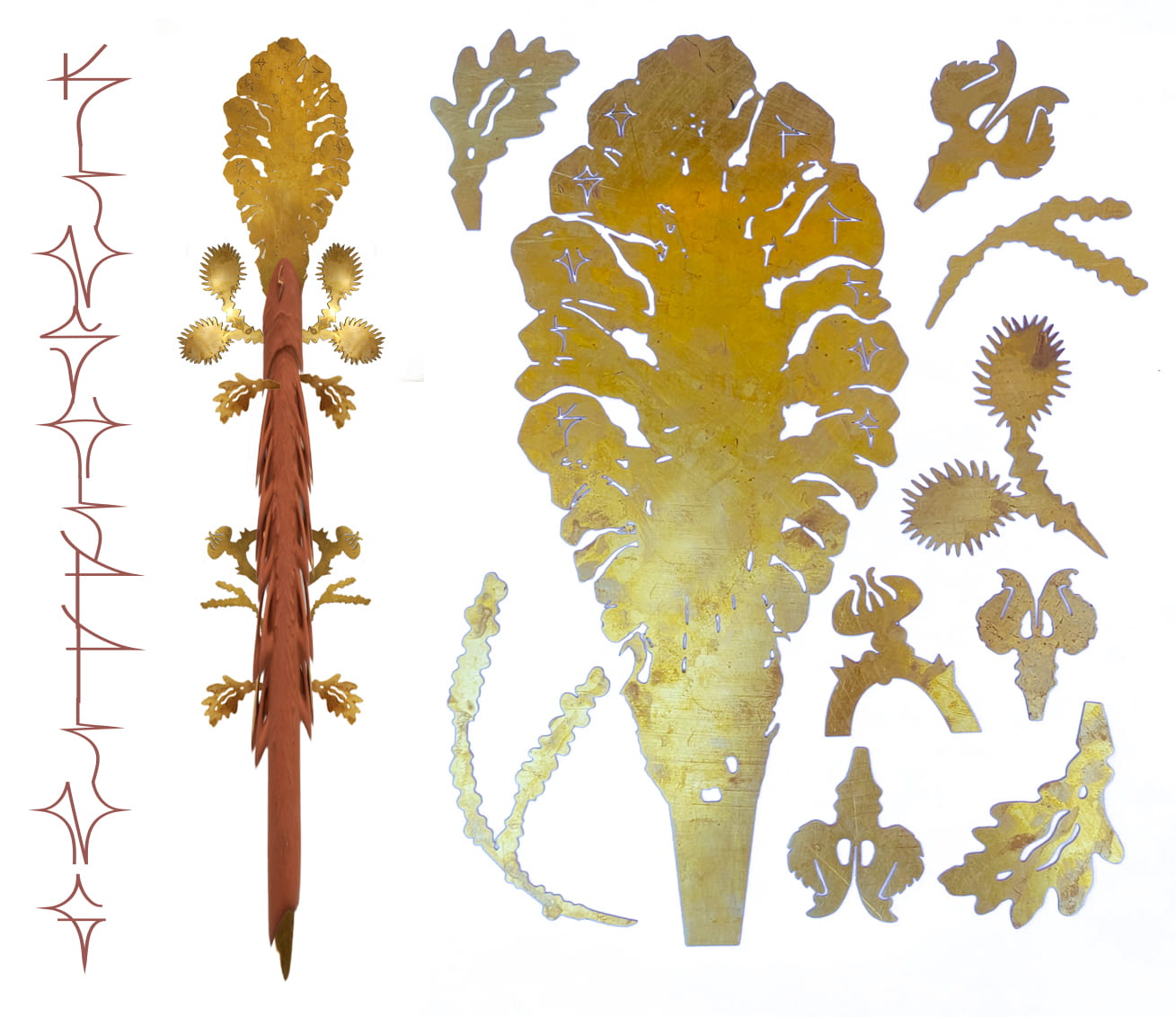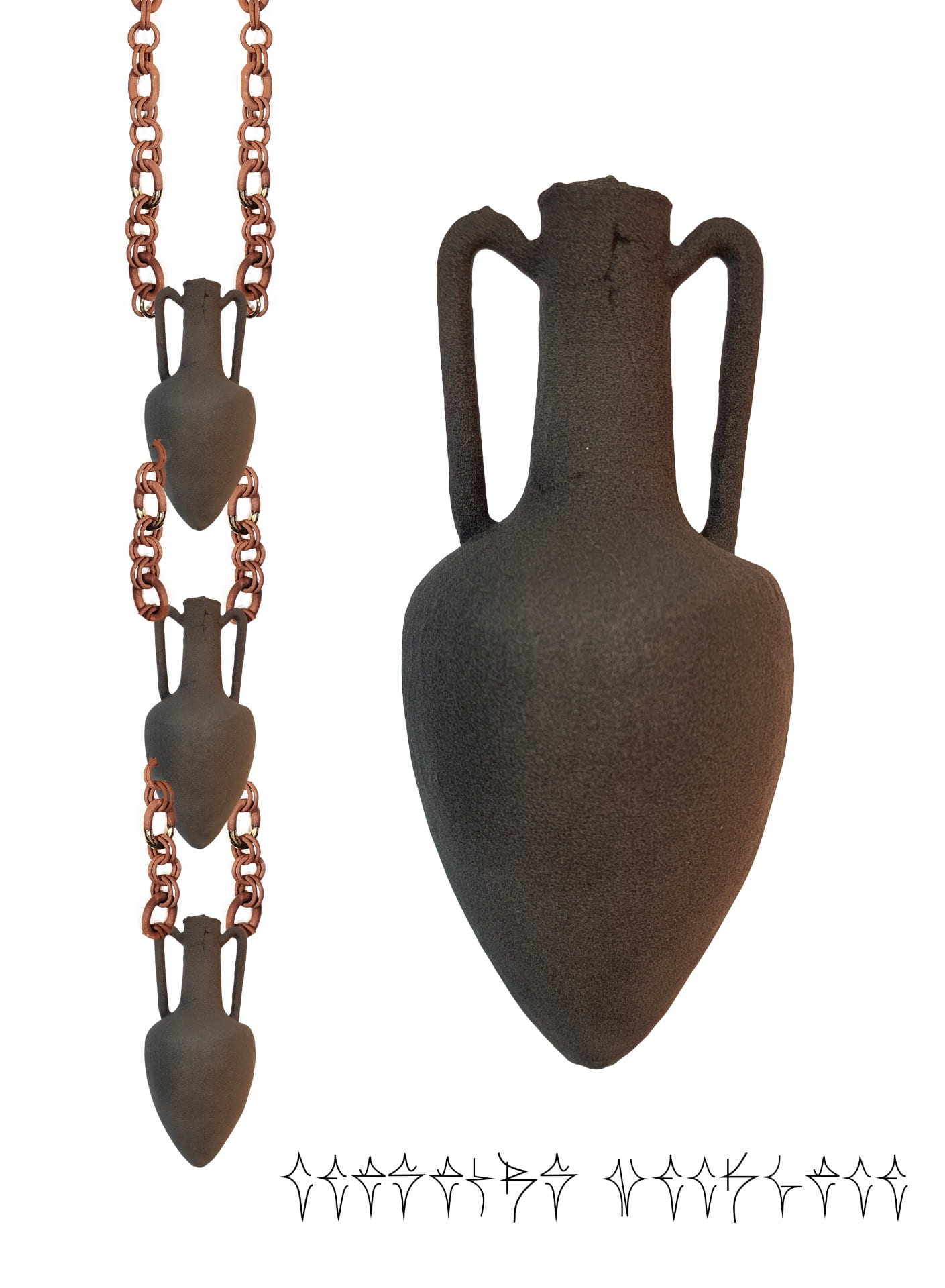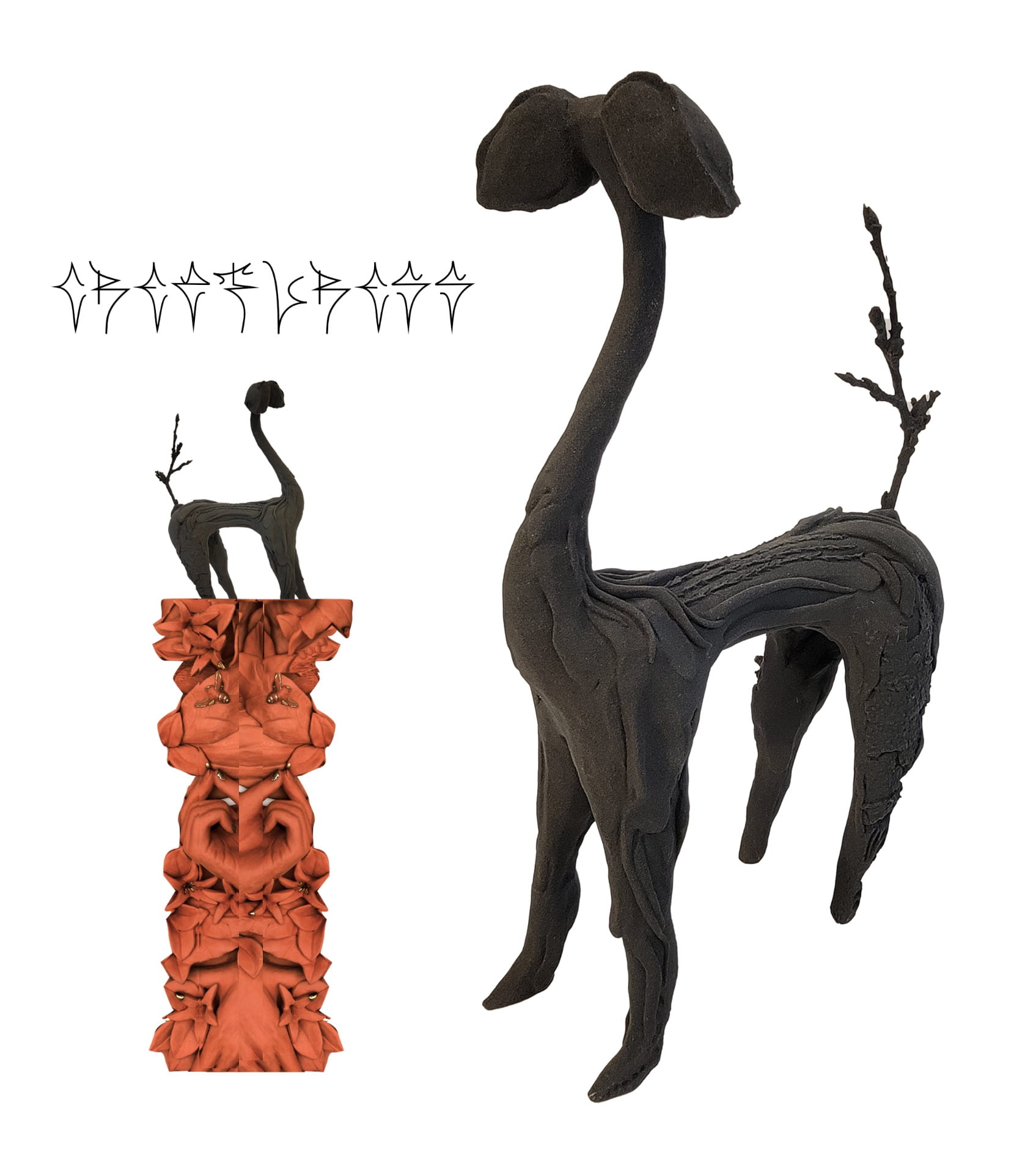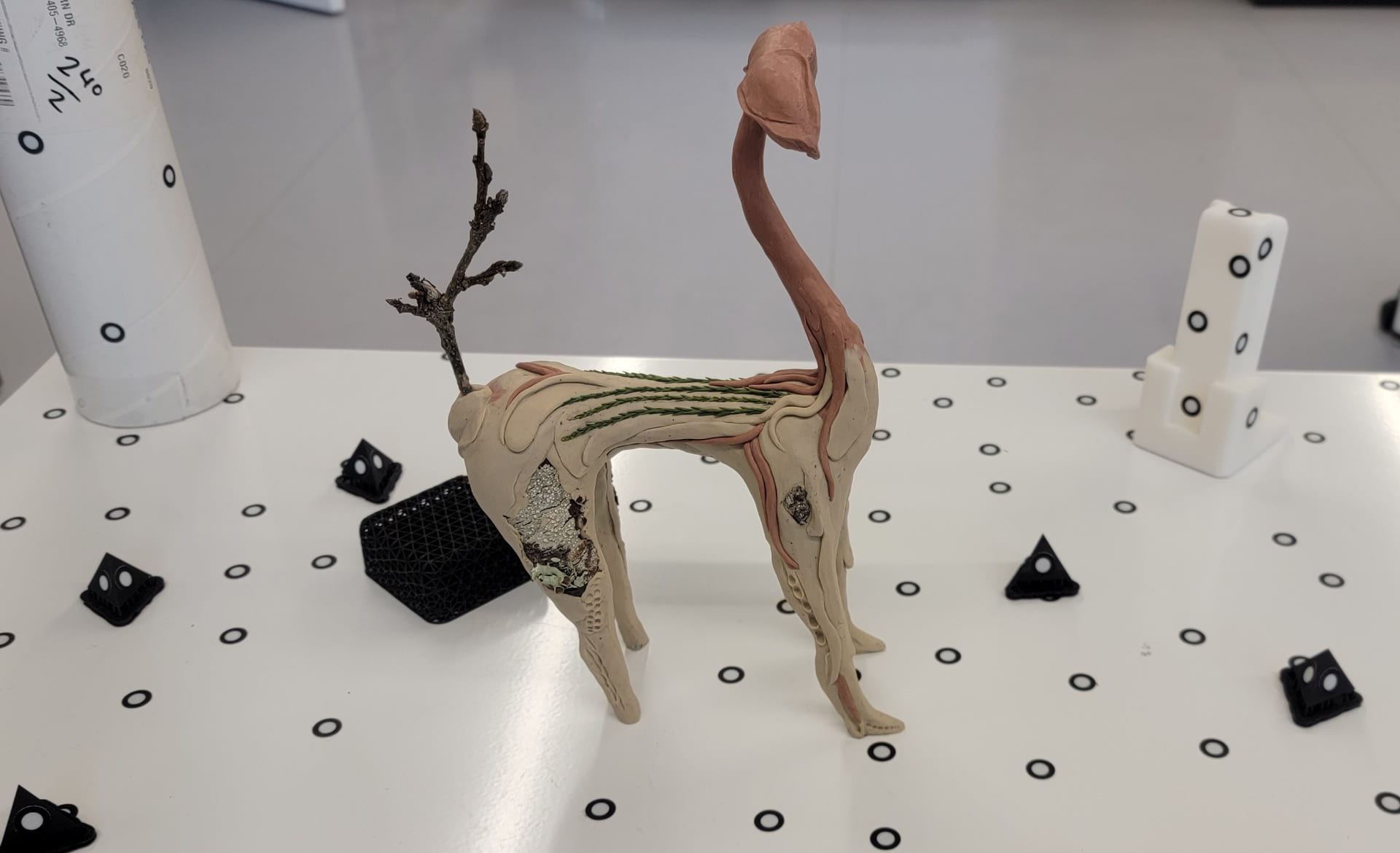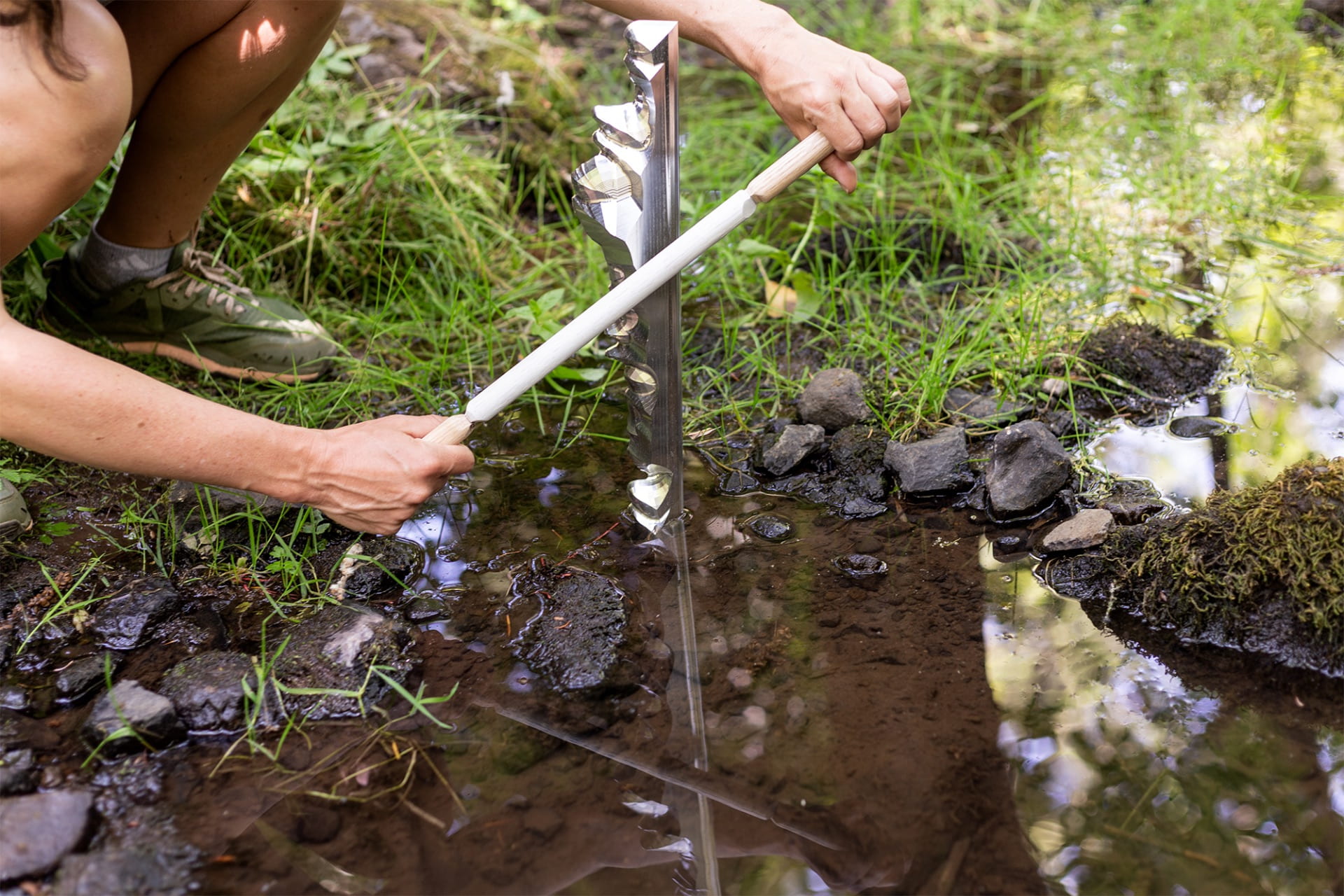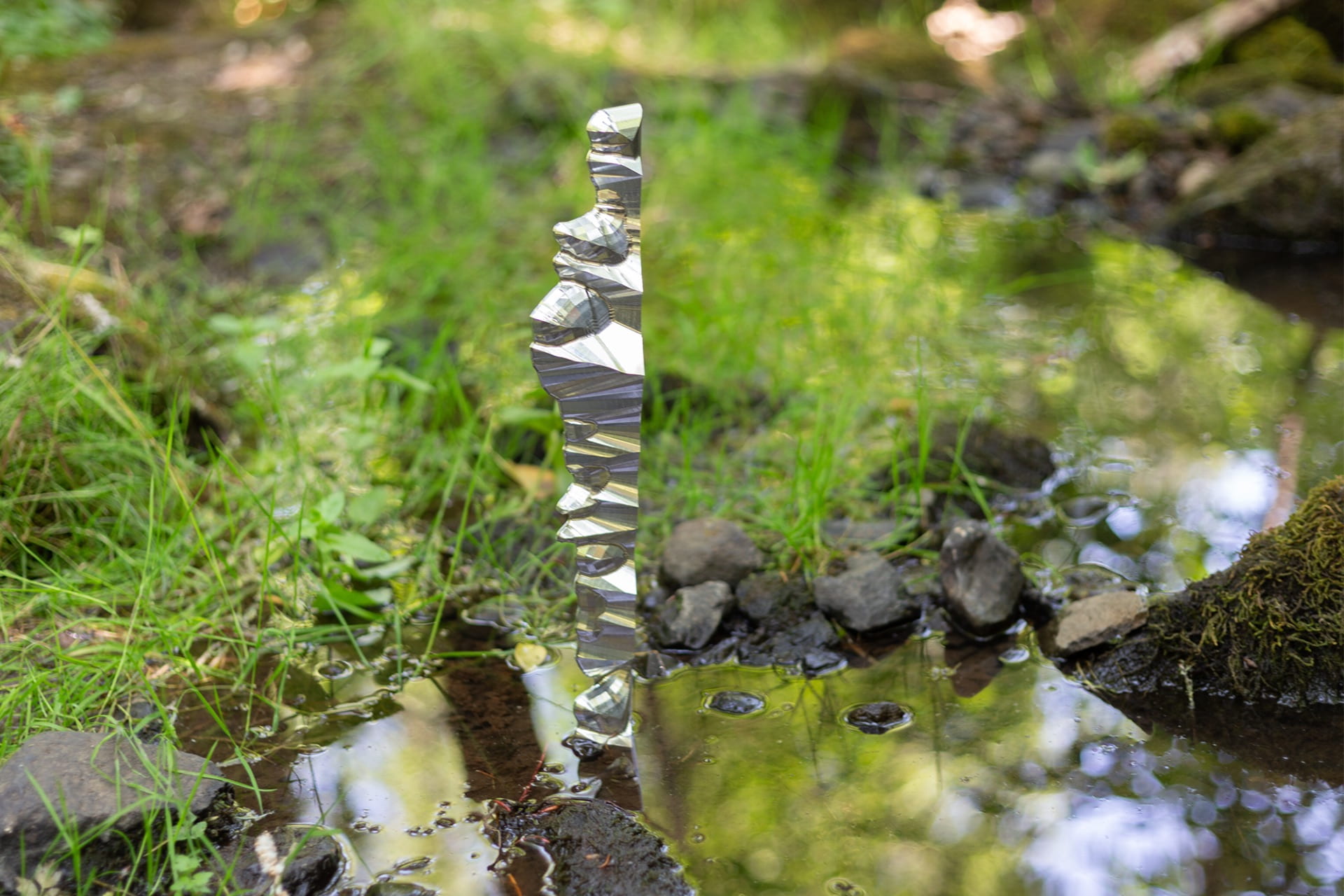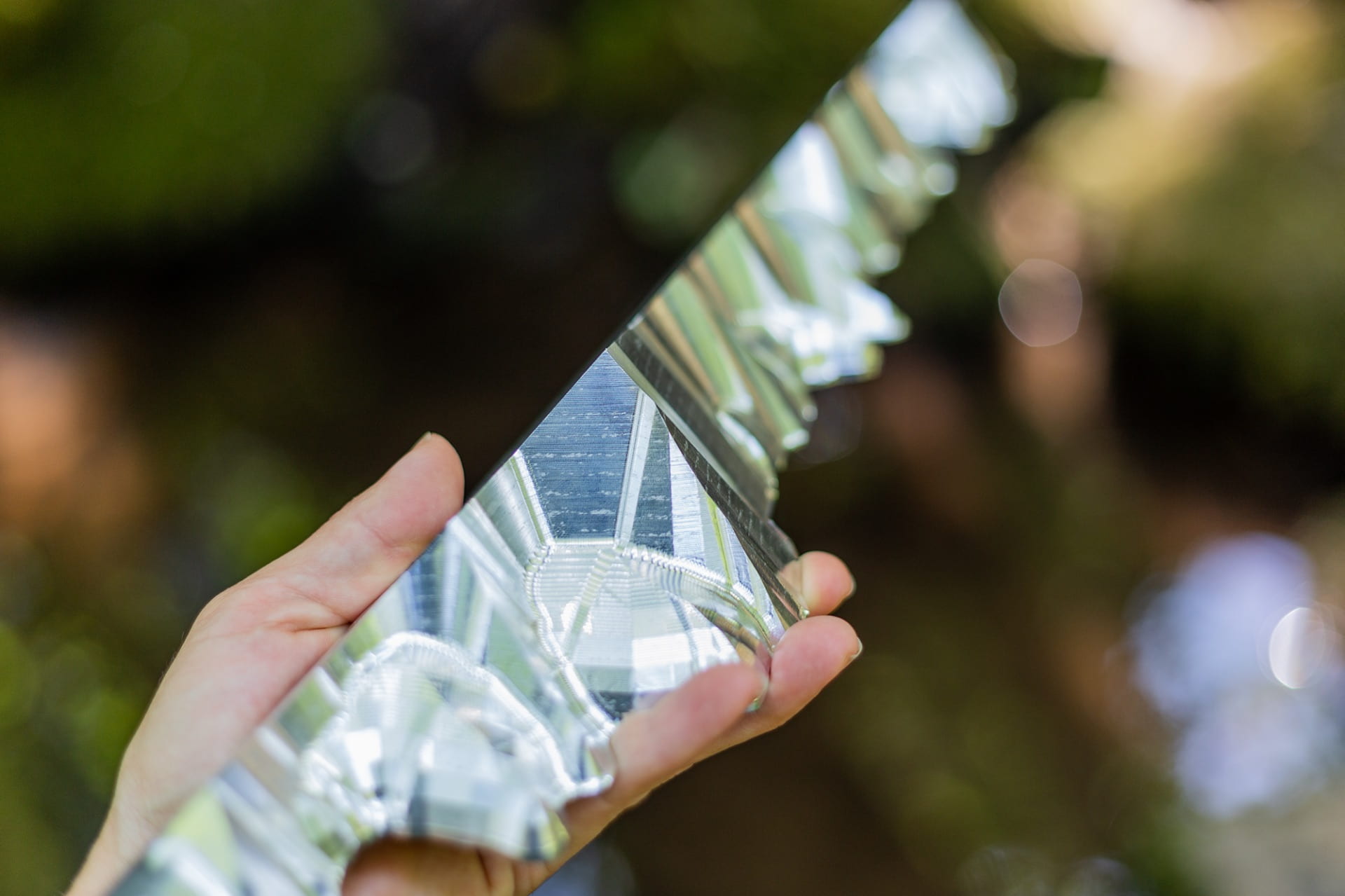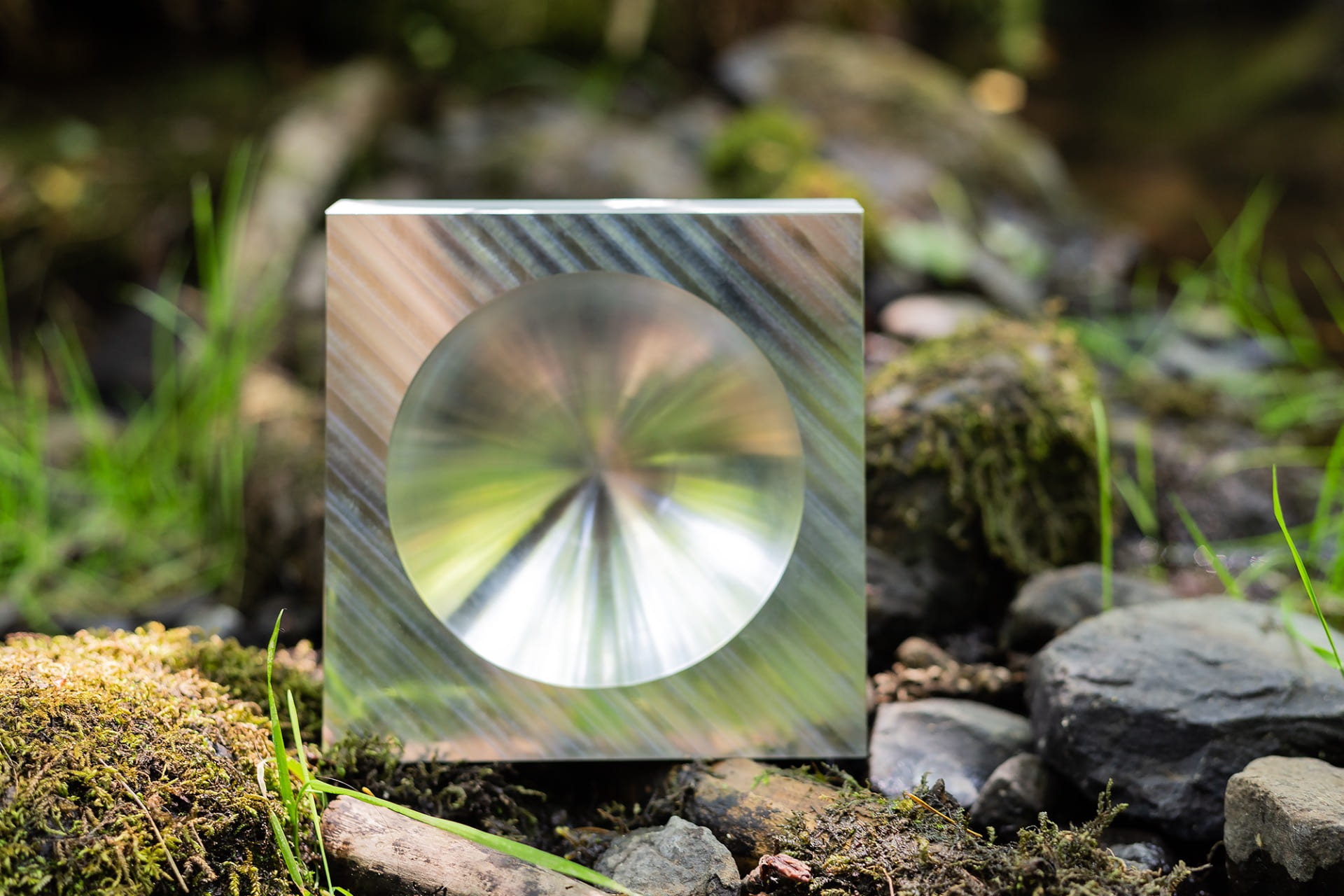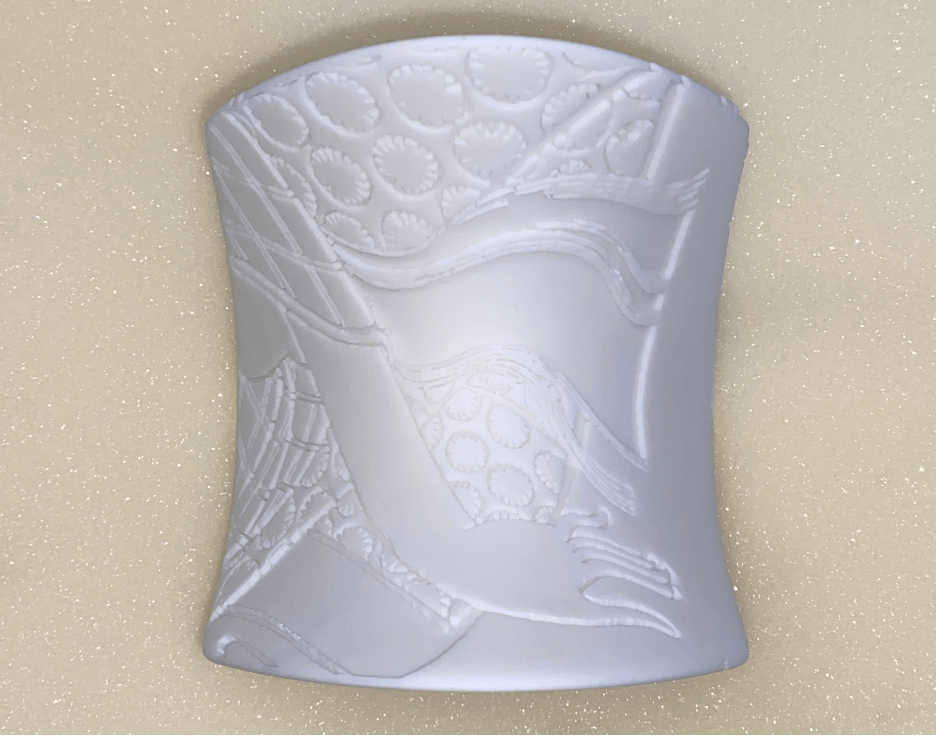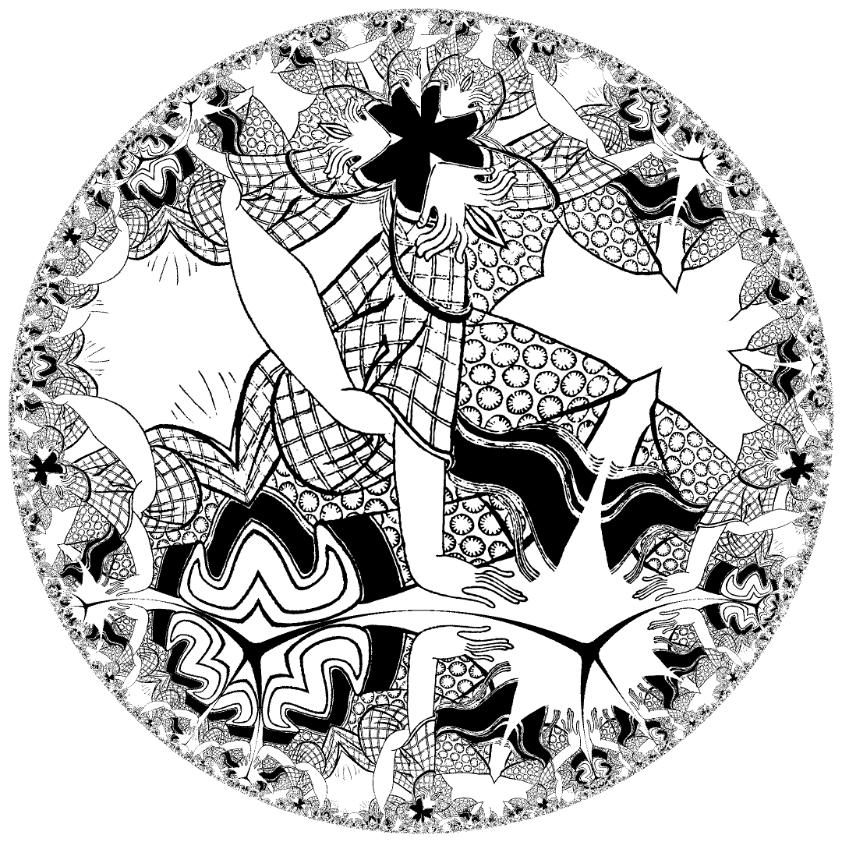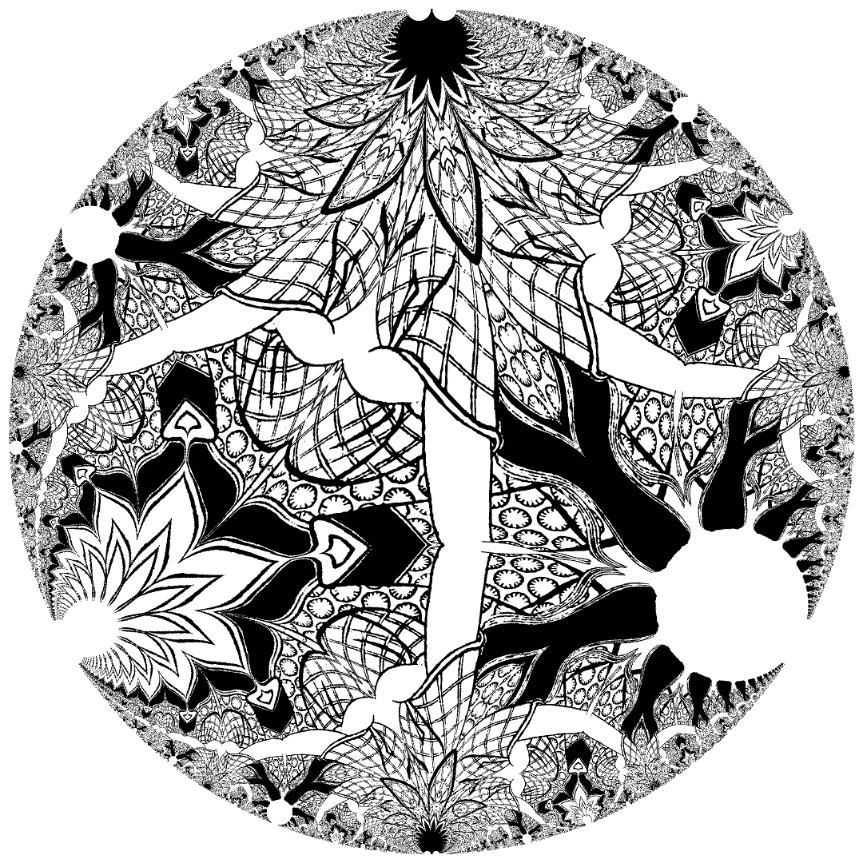CFAR Project Incubator Fellows 2022-2023
Image Caption: University of Oregon Knight Campus for Accelerating Scientific Impact. Photo credit: Bruce Damonte, Knight Campus Media Assets
ABOUT
The CFAR Project Incubator (CPI) is a partnership between the University of Oregon Department of Art’s Center for Art Research (CFAR) and Phil and Penny Knight Campus for Accelerating Scientific Impact, which affords artists working in any medium the opportunity to explore and conceptualize new work as a part of a vibrant, interdisciplinary research community that is supported by cutting-edge facilities and technical staff. This program is born out of CFAR and Knight Campus’s goals to create nimble systems that catalyze innovation and discovery by responding to the needs of individual’s specific research agendas. CPI’s emphasis is not necessarily on the production of a body of work, but instead on speculative, practice-based inquiry focused on ideation, experimentation, prototyping, testing, fabricating, and theoretical research to initiate and incubate new work. This program is generously funded by The Ford Family Foundation.
Image captions: All works by Sara Siestreem (Hanis Coos), Courtesy of the Artist and Elizabeth Leach Gallery
- minion: four legged spider, 2022, four glazed slip cast ceramic dance caps, Salmon vertebra, Abalone buttons, plastic buttons, Dentalium, Limpet shell, plastic beads, Czech white heart beads, Indigo dyed Diné Wool (Dakota Mace, NM), woven industrial cotton cording, Indigo (Linton) dyed yarn, canvas and thread, 72 x 8 x 11″ each, 72 x 84 x 11″ overall
- Aretha Franklin (reigns supreme), 1942-2018, 2016-2018, Ceremonial Dance Cap
Yellow Cedar Bark (Katmai) gifted by Vickie Era (Alutiiq), Red Cedar Bark (Okwunalis) gifted by Marianne Nicolson (Dzawada’enuxw), Sweet Grass (Columbia River), Blackberry Dye (Columbia River), Dentalium (Philippines), Abalone (Pacific), White Heart Glass Beads (Africa), 5 x 8 x 6″ - transtemporal dance cap (ARETHA FRANKLIN, reigns supreme), 2022, 3D printed scan of a hand woven dance cap (Nylon 12 Powder), 5 x 8 x 6″
- ARETHA, 2022, glazed slip cast ceramic dance cap, 5 x 8 x 6″, Edition of 10
- crab trap, 2017-2019, Spruce Root from Jordan Cove, North Spit of the Coos Bay Estuary, 9.25 x 8 x 8″
- transtemporal clam basket, 2022, 3D printed scan of a hand woven basket (Nylon 12 Powder), 9.25 x 8 x 8″
- ghost, 2022, slip cast ceramic basket, 8.75 x 8.25 x 8″ Edition of 10
- looking for the land///found the weather, January 5 – February 25, 2023, installation image of basket trio
- this clam basket stops pipelines , 2022, glazed slip cast ceramic basket, 8.75 x 8.25 x 8″, Edition of 10
- chevy, 2022, slip cast ceramic basket, 8.75 x 8.25 x 8″, Edition of 10
- pipeline, 2022-2023, slip cast ceramic clam basket triplet (darth, this clam basket stops pipelines, butter), 8.75 x 8.25 x 8″ each
Sara Siestreem (Hanis Coos)
Residency Dates: ongoing for 2022-23
Project: To create dialogue between her weaving tradition and contemporary technologies, esthetics, materiality, and scale through multiplication. Exploring how human-hybrid weaving situates as a practice in the fine arts discourse. Asking the questions: Can science + art collaborative intervention contribute to Indigenous cultural knowledge, repair and new futures? What types of knowledge may be gained when technological interventions occur?
Image captions:
- Memory Palace 1, 2023. Still frame
- Memory Palace 2, 2023. Still frame
- MemoryPalace_OBJ01, 2023. 3D printed Nylon
- MemoryPalace_OBJ03, 2023. 3D printed Nylon
Julieta Gil
Residency Dates: 1/9/2023 – 2/6/2023
Project: Working to create a series of mixed media specimens as sculptural objects that house a “counter-archive.” Working with both existing and new forms of archive, 3D scanning, imaging techniques, 3D printed sculpture, and mixed media to create objects that act as records of our entangled present relationships. This work acknowledges and challenges relationships between traditional archiving practices, ideas of digital preservation and their relationships with climate change.
Image captions:
- “Handheld devices” made of clay
- Laser-scanned digital 3D model of a “handheld device”
- Still from performance at CFAR, 510 Oak, on February 28, 2023. Recorded libretto, sound, computer generated visual, choreography and performance by Agnese Cebere.
Agnese Cebere
Residency Dates: 2/7/2023 – 3/4/2023
Project: Working to create a protocol or choreography that considers and incorporates sensory and motor feedback. This will involve creating objects as sensorimotor triggers, both 3D computer generated and physical, experienced through the VR headset and in real space. Examining aspects of agency within technologically mediated experiences of immersion.
Image captions:
- Kinshipping Device-mockup detail, Materials-brass, stoneware, embedded ultrasonic microphone
- Ceasair’s Necklace-mockup detail, Materials-carbon powder print, stoneware, sound
- ]Creaturess-mockup detail, Materials-carbon powder print, stoneware
- Creaturess-3D scan detail, Materials-plasticine clay, Redwood, White Oak, American Beech
Jessie Rose Vala
Residency Dates: 3/6/2023 – 4/6/2023
Project: The creation of speculative narratives exploring the psychological and corporeal effects of climate migration relating to both human and nonhuman life. Working with various modes of digital fabrication, image making tools (x-ray to drone footage), stoneware and plant-based materials, these telltales develop through the language of figurative sculpture and discontinuous arrangements.
Image captions:
- Aluminum worm grunter being vibrated in small creek
- Aluminum worm grunter
- Handheld worm grunting device modeled from Northwest shore of Lookout Reservoir
- Small handheld acoustic mirror milled from aluminum
- Small handheld acoustic mirror milled from aluminum
Jen Vaughn
Residency Dates: 4/7/2023 – 5/7/2023
Project: Explores soil as a medium of communication and to investigate the potential acoustic signatures of soil samples (experienced in situ and potentially as sculptural installations). Over the course of the residency, two listening devices will be prototyped to listen to soil biota in a variety of Oregon locations. The focus on place through slow acts of listening acts as a meditation on scale, expanding the notion of a site and interconnectivity through sensory knowledge.
Image captions:
- body model for another planet, 3d model
- body model for another planet, photopolymer resin, 6 x 6 x 5-1/2 inche
- hyperbolic poly1a, sketch for woodblock
- hyperbolic poly1c, sketch for woodblock
Garrick Imatani
Residency Dates: 5/15/2023 – 6/9/2023
Project: The creation of furniture or quasi-architectural interventions and domestic-implied sculptures that suggest functionality or dysmorphia alongside sensibilities of warmth, welcome, familiarity, and security. These objects being made from a combination of materials and production methods, including wood, CNC routing, moldmaking/casting, 3D printing, and ceramics. The work will invoke a user’s interaction or physical proximity and scale in relation to the objects within as a means of suggesting positionality or subject identity.
